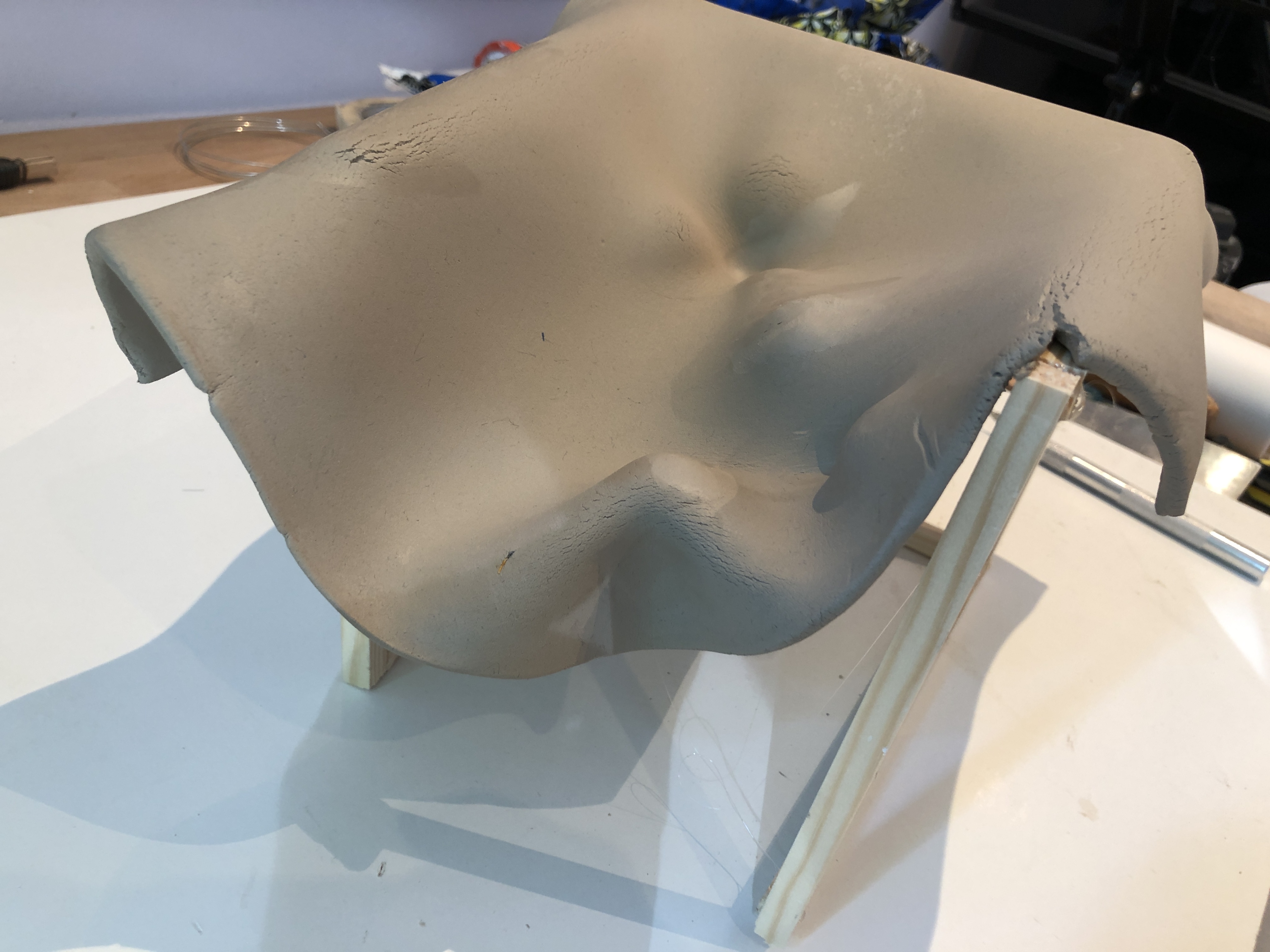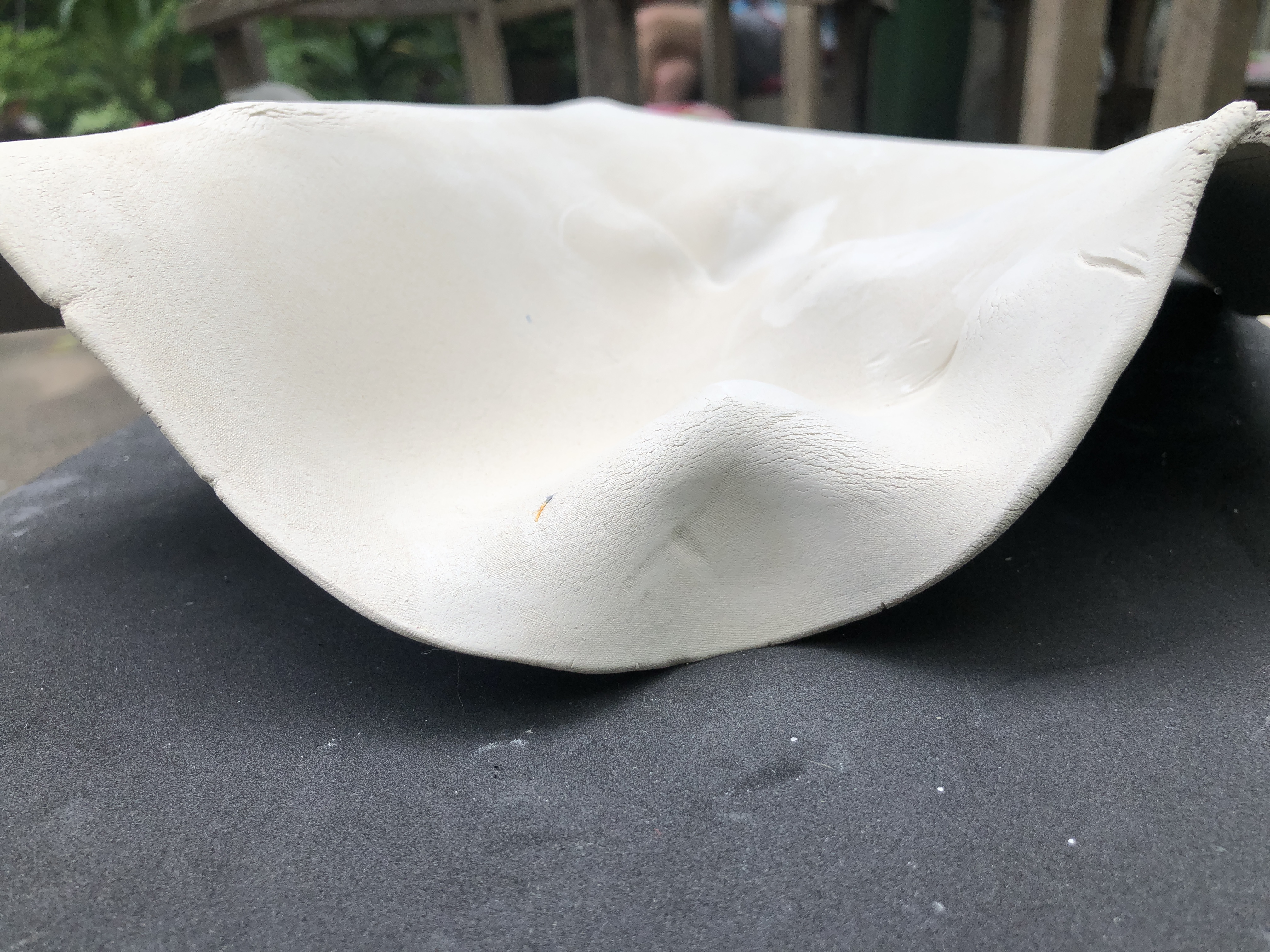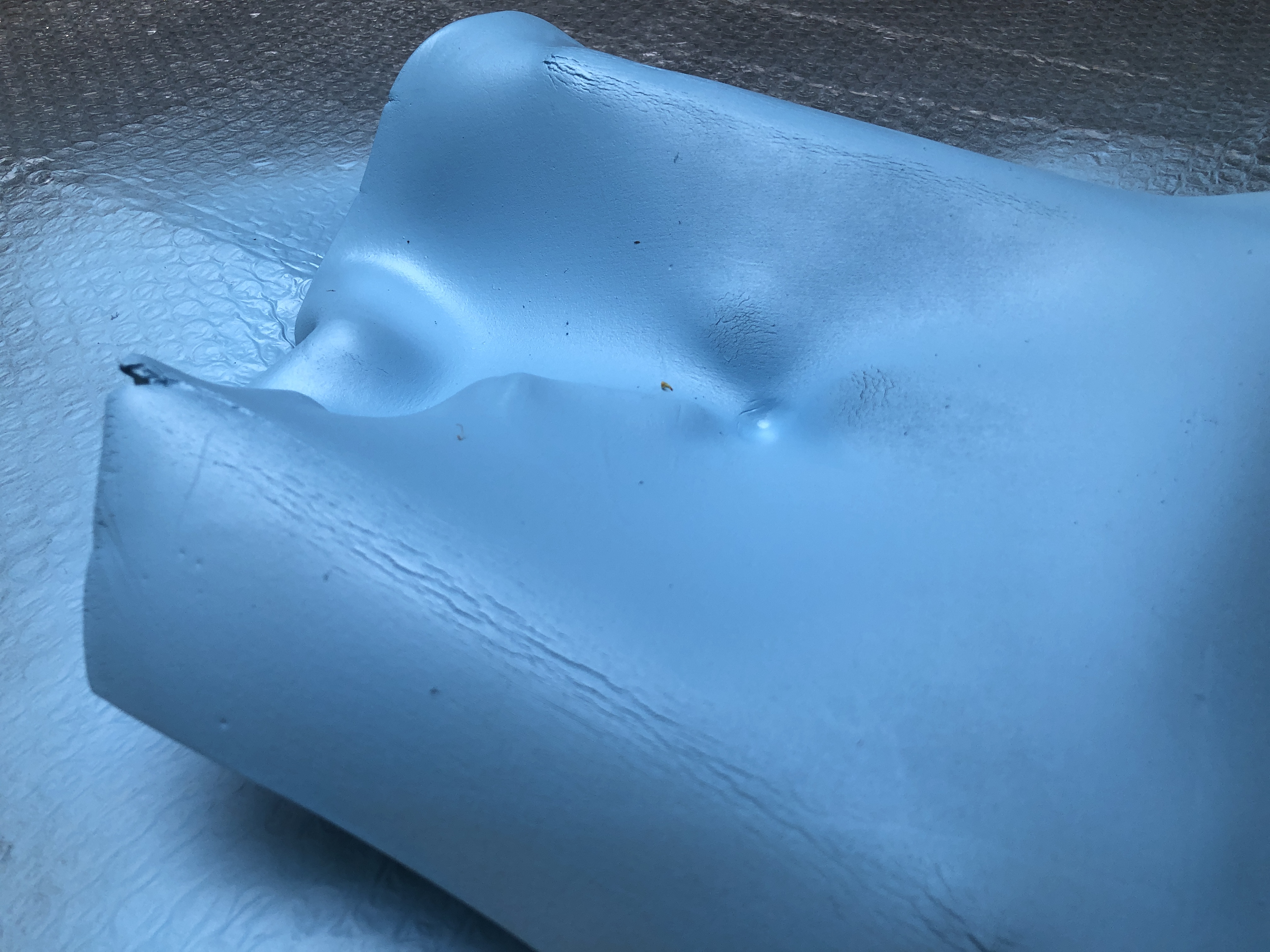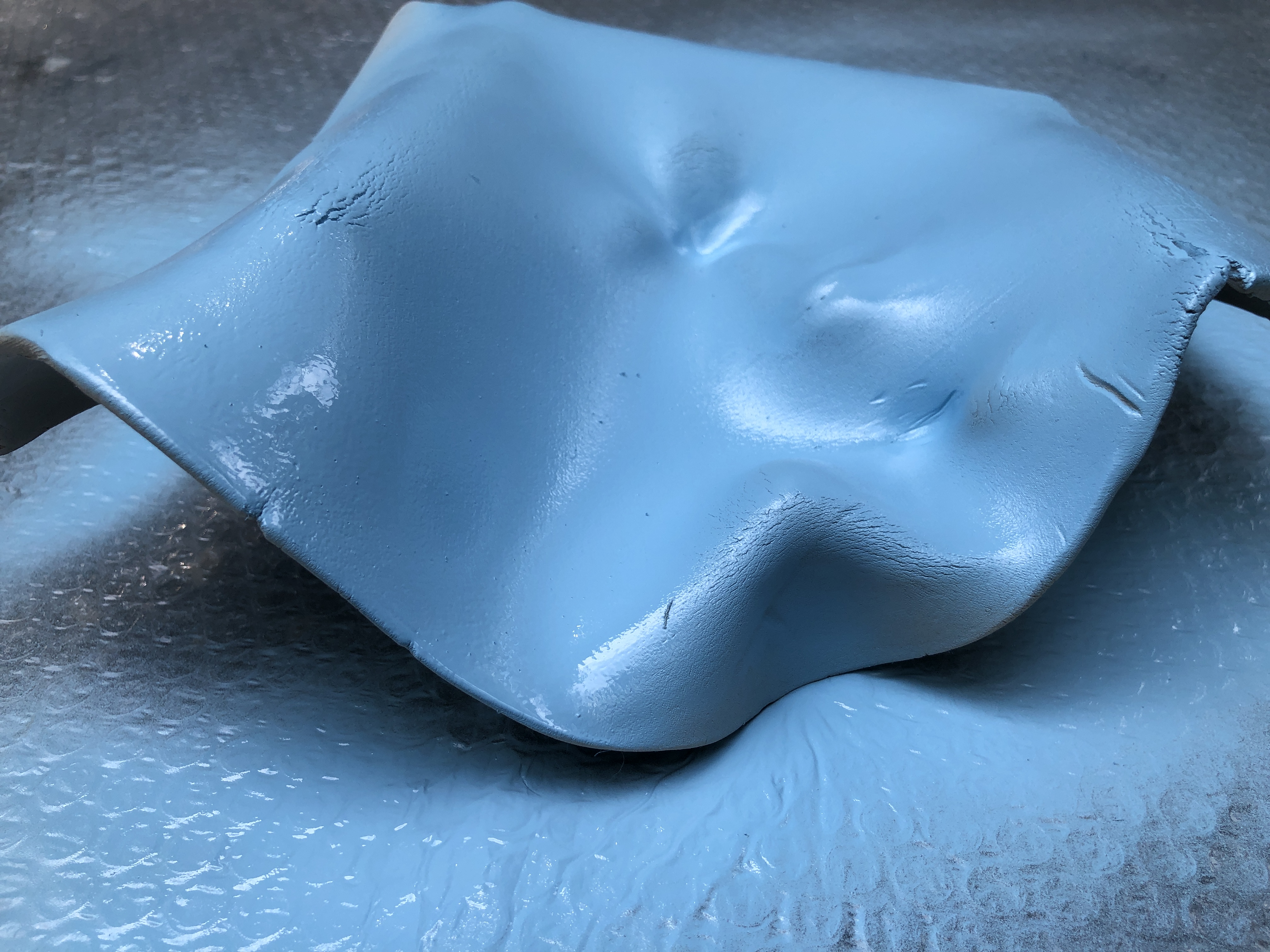IRENE VONCK - CERAMICS PROCESS
"The rhythms of space"
I had the pleasure of interviewing Ms. Vonck and we talked about her ceramics practice from start to finish. What inspired her in the first instance, her experience as an art student, her first big show and how that lead her to take her ceramics to "the next stop"
I had considered using this report to talk through her career as a process in its self but it is so vast, full and rich I decided it would be better to focus on a work of hers and talk through the process that makes her work so unique. Not least I did not want to do it a disservice.
So I have decided to pick one piece to discuss her process but will use other pieces of hers throughout as examples as I feel you cannot separate one from the other without appreciating the body of work that preceded it.
The piece I am discussing is found on the right - it is part of the Stedelijks permanent collection.
https://www.stedelijk.nl/en/collection/837-irene-vonck-rythms-of-space
1 Handbuilding the body
Very soft clay, no chamotte which is very odd in hand-builds as it holds little to no structure and certainly can't take the weight usually required for pots this size. Made by clay extruder machine, the clay is fed back through a few times with a bit more water each time until she is happy with the "sausages".
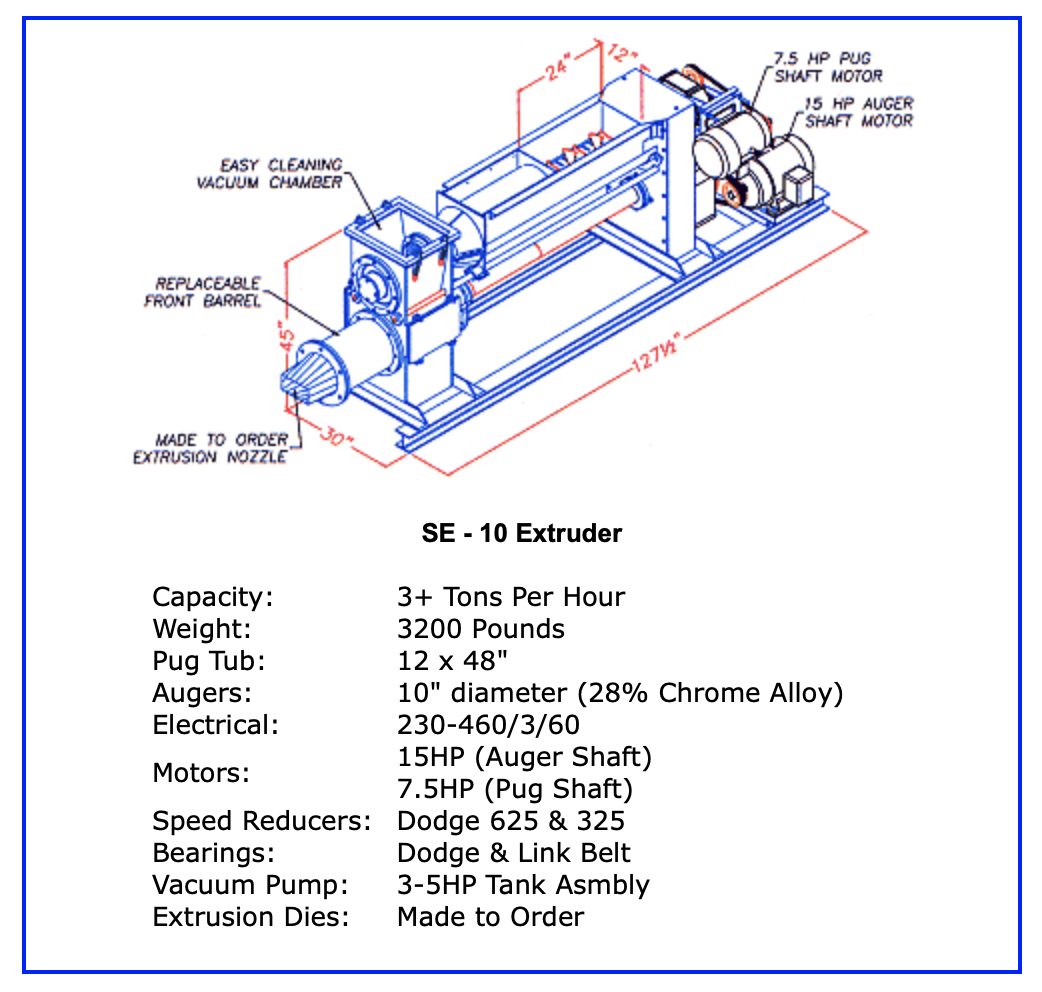
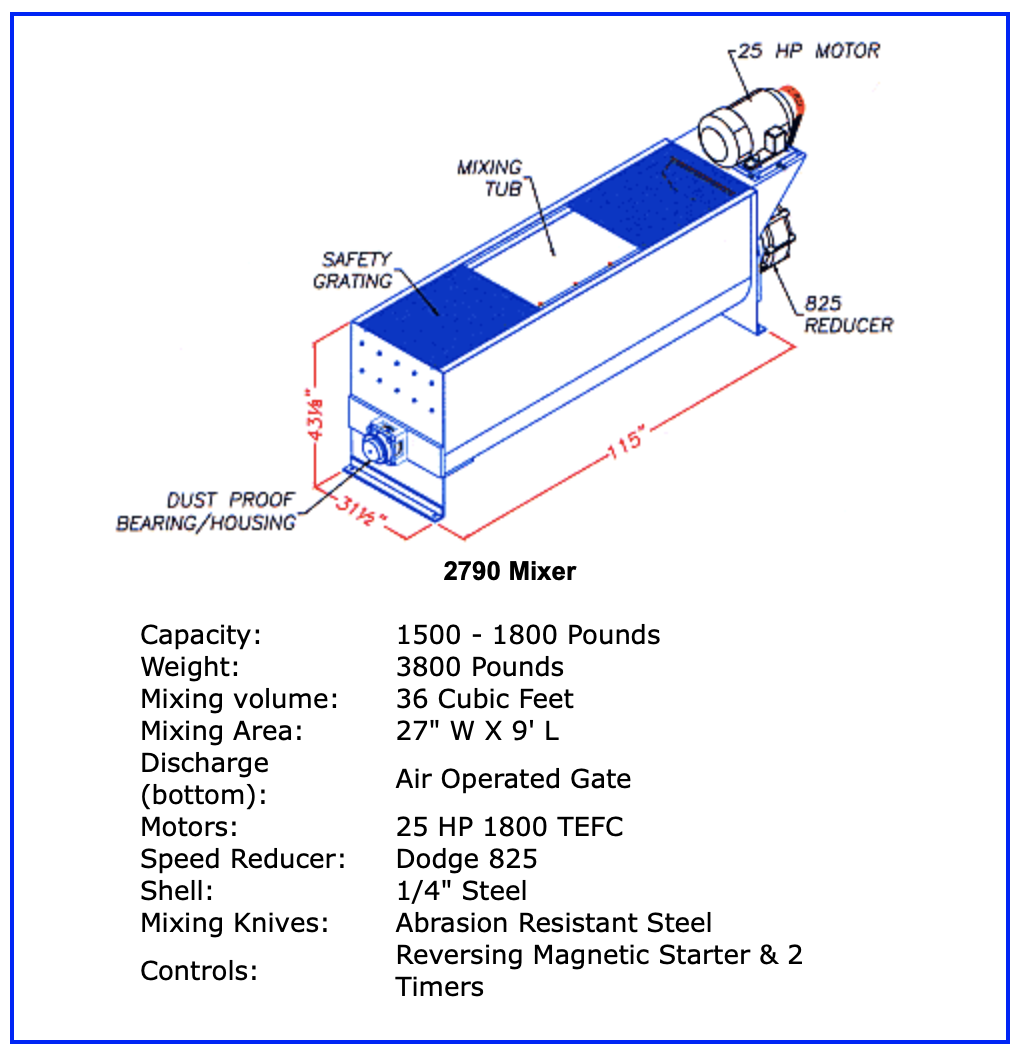
Now, with large clay sausages ready, she starts to shape the base and build up. I have attached a youtube video (skip to 03:30) for those who are interested in having a look at how this works traditionally. The difference with Irene is that she is usually taking her shapes from things that inspire her. Usually based around energy, water and earth (rock). At a risk of diving into a rabbit hole I will try to summarise. She has a fascination with the natural sculptures of our planet. The negative spaces created around boulders that have fallen and rolled into streams. In low-tide the shapes created by the interaction of the water and the rock is something that triggers her and she recognises in lots of her work - especially the earlier pieces (see right) in which the immediacy of the medium was what drove her fascination.
Her love for dance choreography also played a big part in her inspiration and she often found photography of ballet to be even more of a trigger. Something about capturing the immediacy of the moment and the energy of the body.
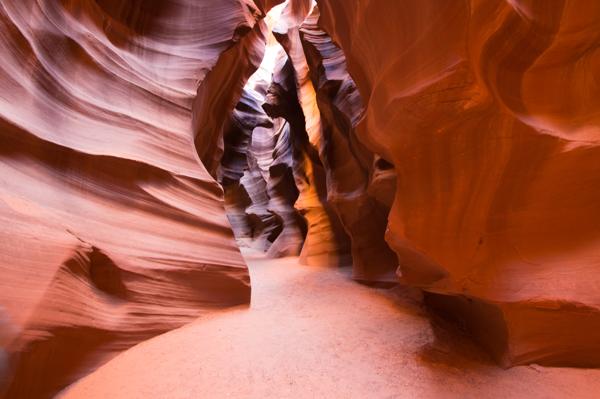
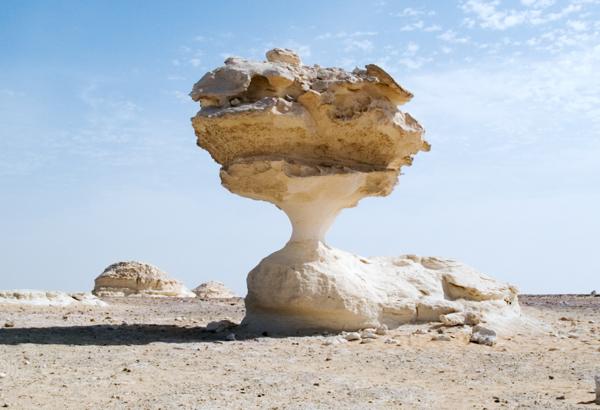
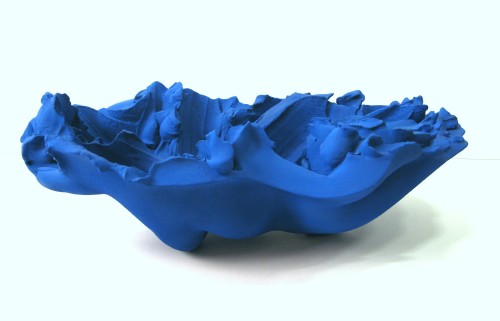
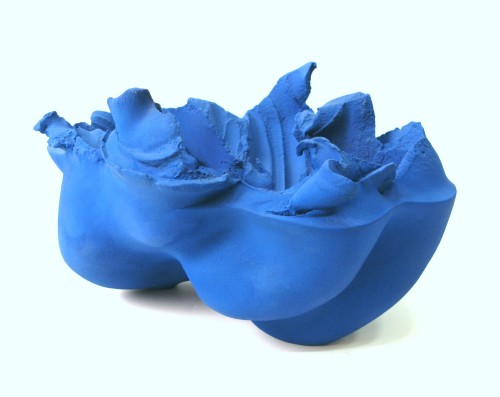
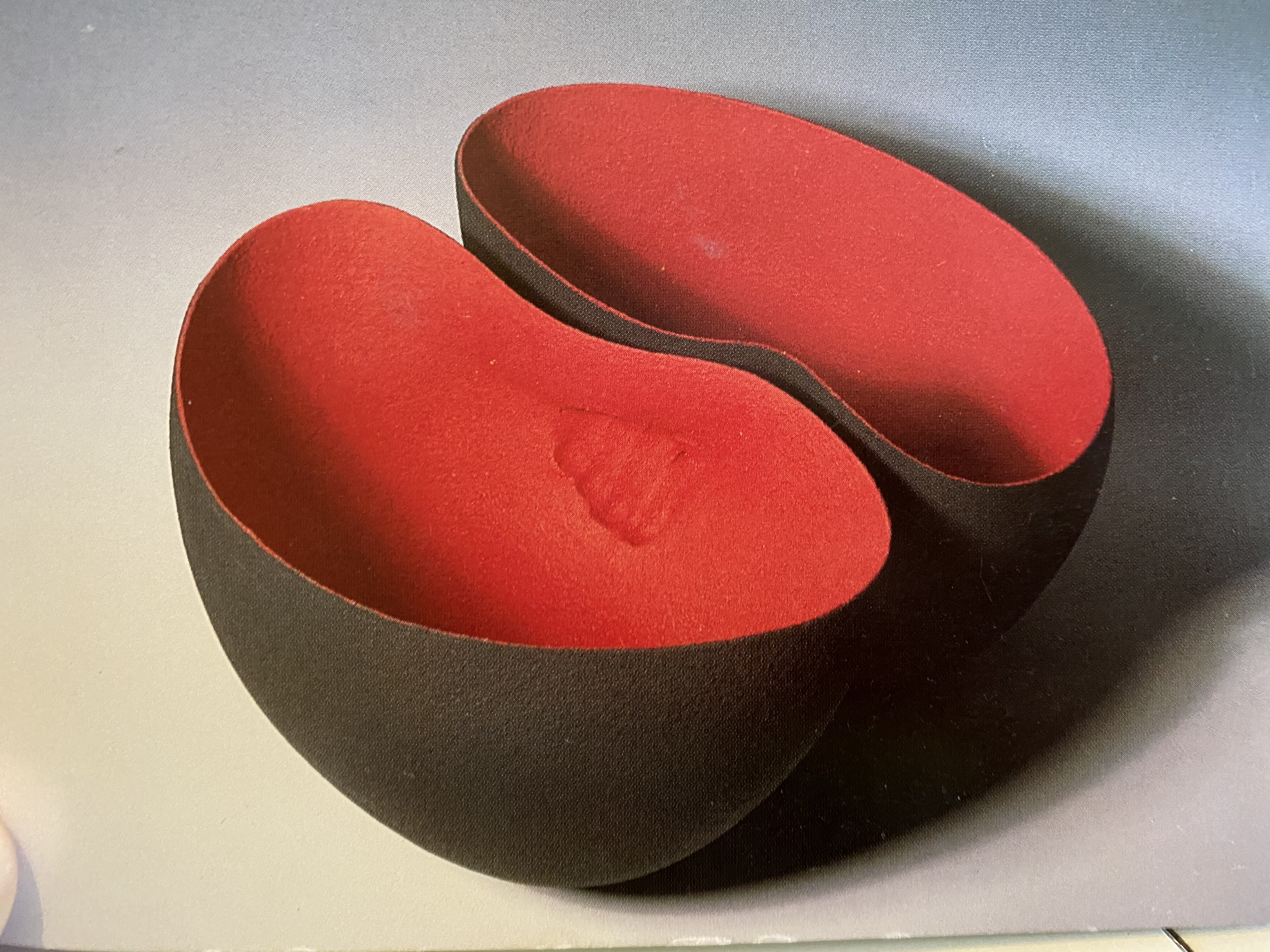
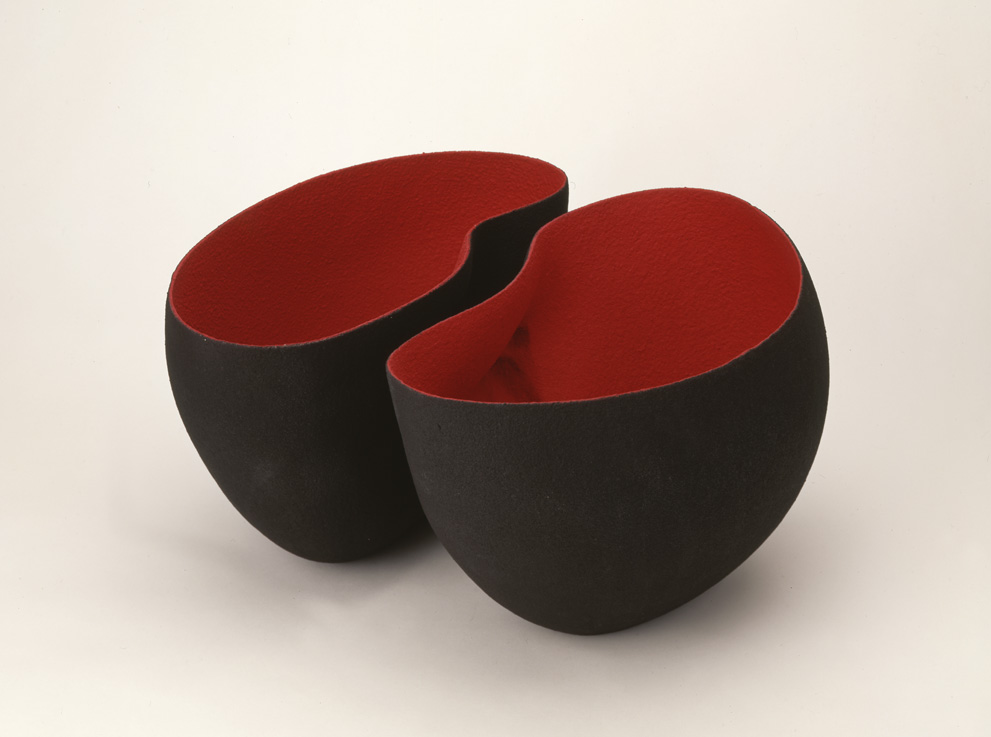
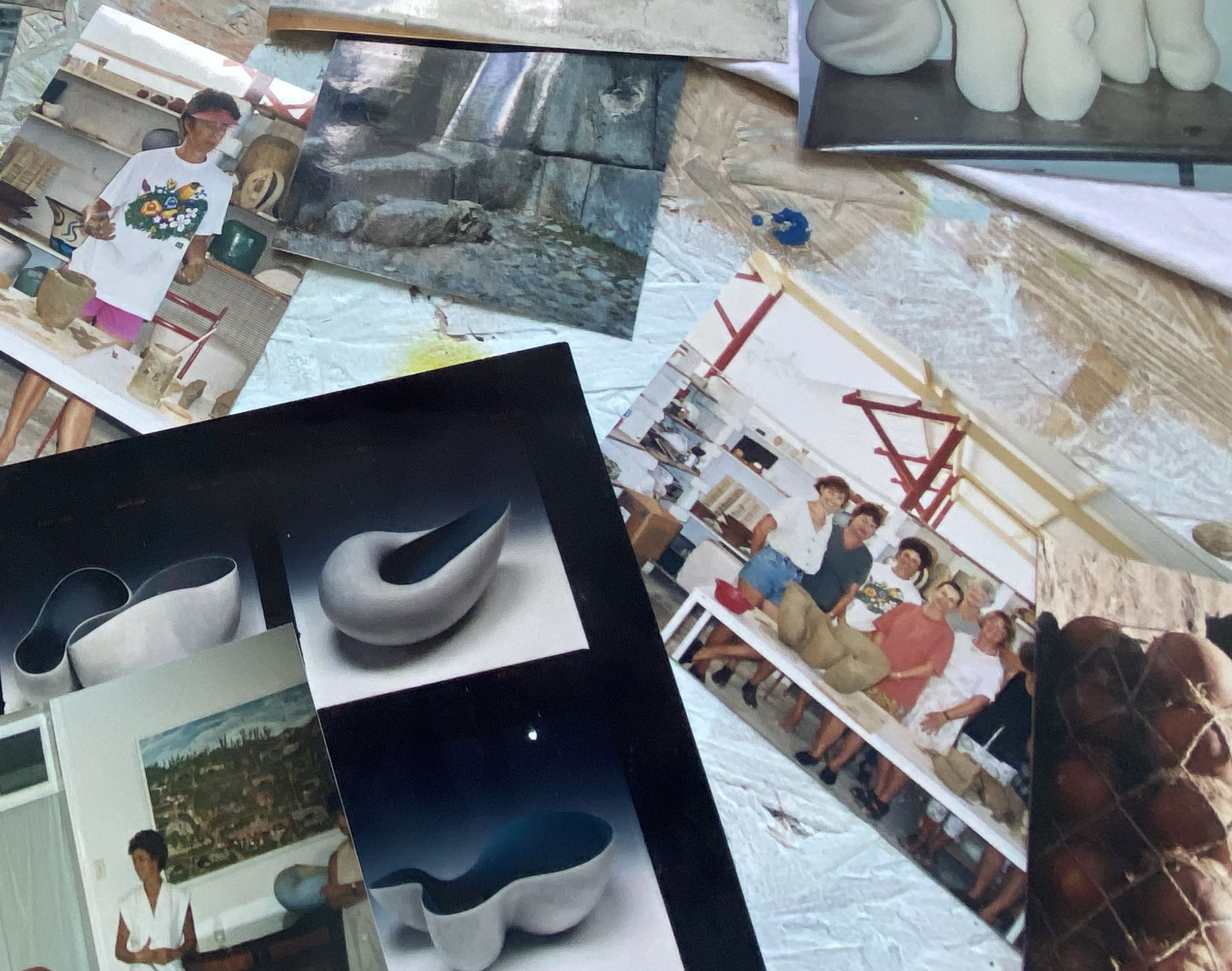
Another unique thing about her process is she is paying attention purely to the negative space on the inside of the pot. She is shaping and scraping the inside with almost a complete disregard to the outer-walls. I find this a very unusual practice. A practical reason for this might be that she still needed to get the pottery / bodily impression into. the work without distorting too much of the shape she has created. This means the clay still needs to be soft but thick enough as not to allow it to cave in under it's own weight.
If she is happy with the result she will leave it for a day or two - covered loosely before she decides to keep it or recycle the clay.
2 Leather-hard scraping and shaping
At this stage Irene has left the pot for between 3-5 days to allow for it to go leather-hard. This is a stage at which the clay has lost a lot of moisture giving it more of a solid structure - but is not yet so dry (bone-dry) that you would be able to shape it with sand paper for example. I have attached a picture next to this that may give an impression of these two different states of clay.
She now takes her huge pot(s) of the shelf and rests it/them on some old pillows. Now, using the same imprint of her hand as a sort of handle she can start to shape the outside of the pot so that it starts to match up with not just the inside of the pot but also the negative space. It's all a refined process of paying close attention to how one curve has an effect on the other and how that in-turn effects the space around them.
The tools she uses for this are a potato peeler, surform shaving tools and what is called a rib. Usually made from wood or silicone. She uses the imprint of her hand and her intuition to peel away the mass, scrape away the lines and sometimes will use the rib to soften up some edges - but not often. The inside is not touched / shaped - or at least as little as possible. The immediacy cannot be ruined. I have also attached some examples of these tools on the right.
Not much else can be said about this process. It is now ready for its first firing. The Bisque firing. This is done at a slow burn coming up for about 24 hours to a top temperature of 1080 degrees Celsius.
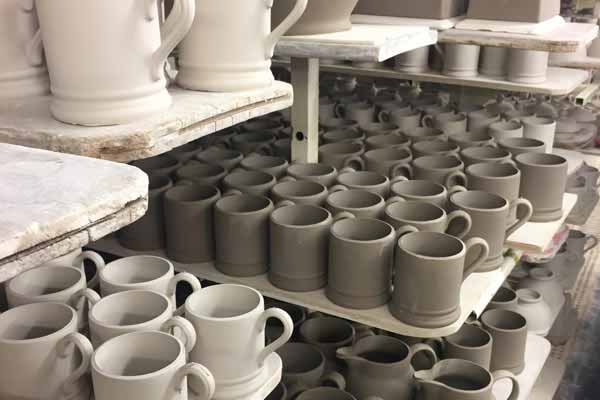
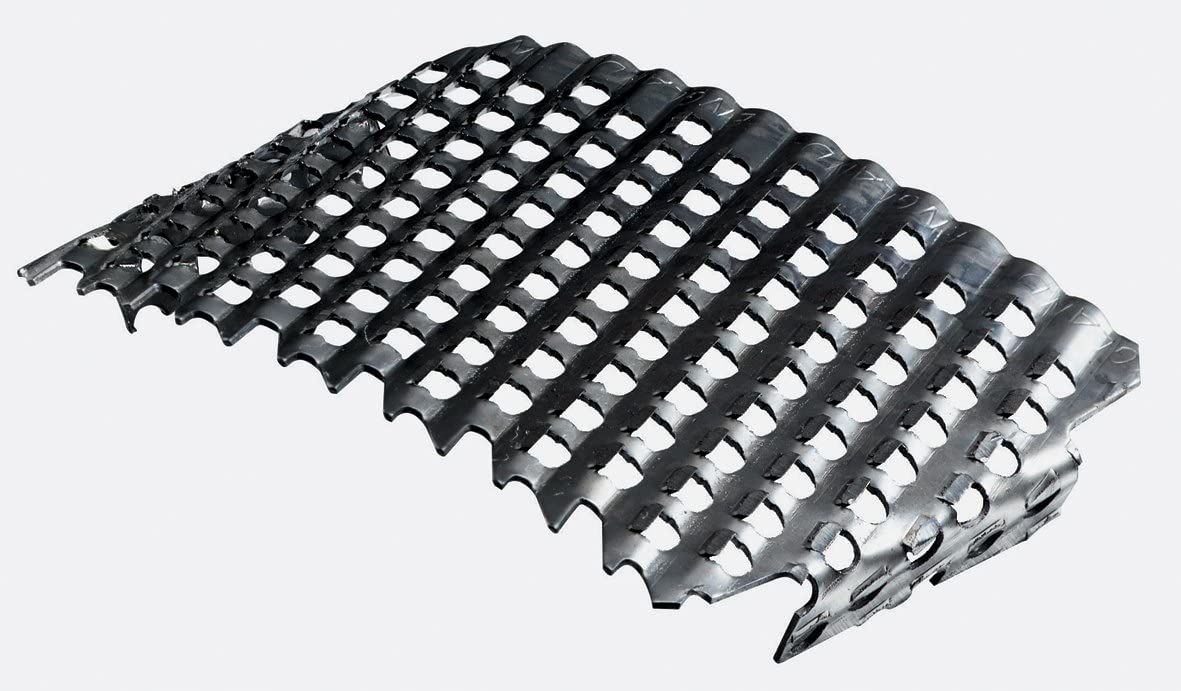
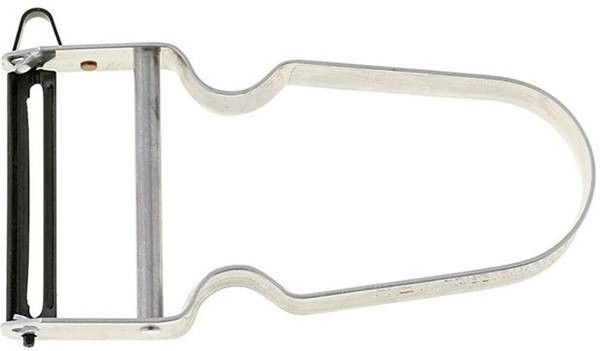
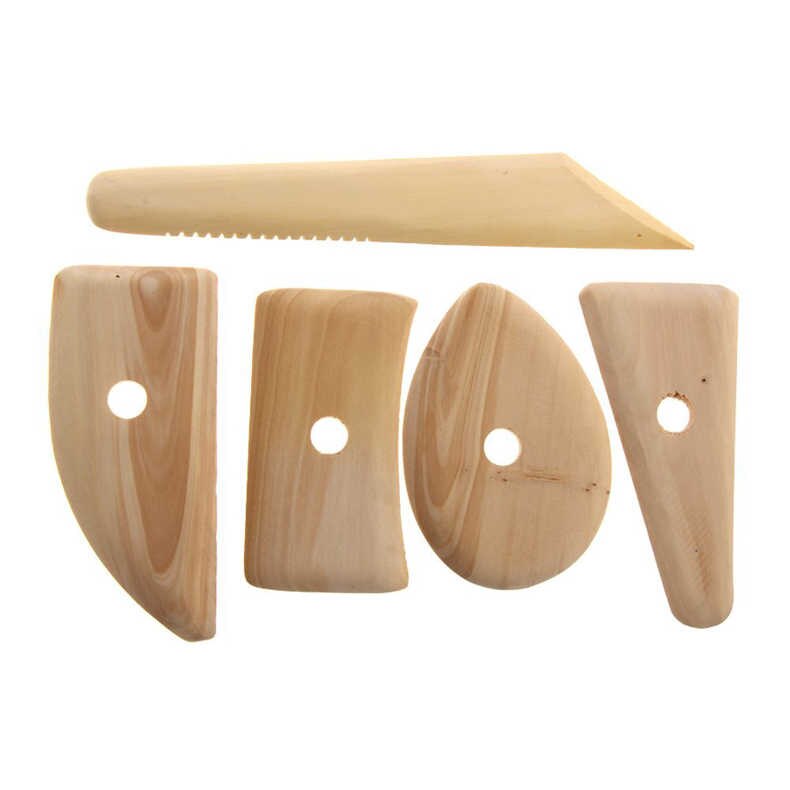
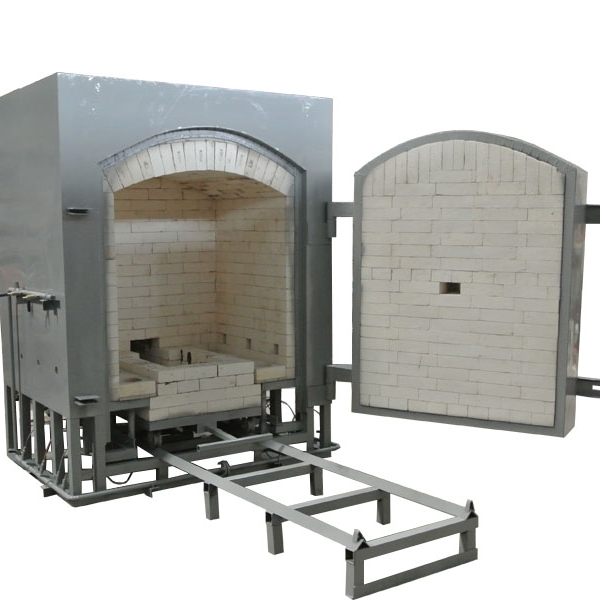
3 Applying pigmentation for final firing
First a slip is made that is sprayed through a customised spray paint gun. this is what gives the pots their texture as you can see more clearly on one of the close up examples from section two.
She doesn’t use glazes - thinks it disrups and distracts from the negative space. It is a process of either spraying on or applying pigments by brush. In later years she would apply it by brush only as it was less of a mess and actually she realised you could get more of a saturation of the pigment as you can apply thicker layers. It does not leave marks - the clay is so porous it sort of just sucks up the pigment in a very equal measure.
Wanted it to really seep in to the still very porous ceramic .. once she is happy with the saturation of the pigment layering it goes in for a final firing - again around the 1080 - 1100 mark slow firing.
I managed to get some snaps of her experimenting with glazes in her early days too.
Interventions, interview and other pieces
If anyone is interested I have put the interview up online :
https://soundcloud.com/will-co-563552437/irene-vonck-interview-26092020
I have also attached some more works of hers in here that I find particularly inspiring.
And I couldn't figure out a way of explaining some of the interventions ideas so I thought it might be easier to make some and walk through the images.





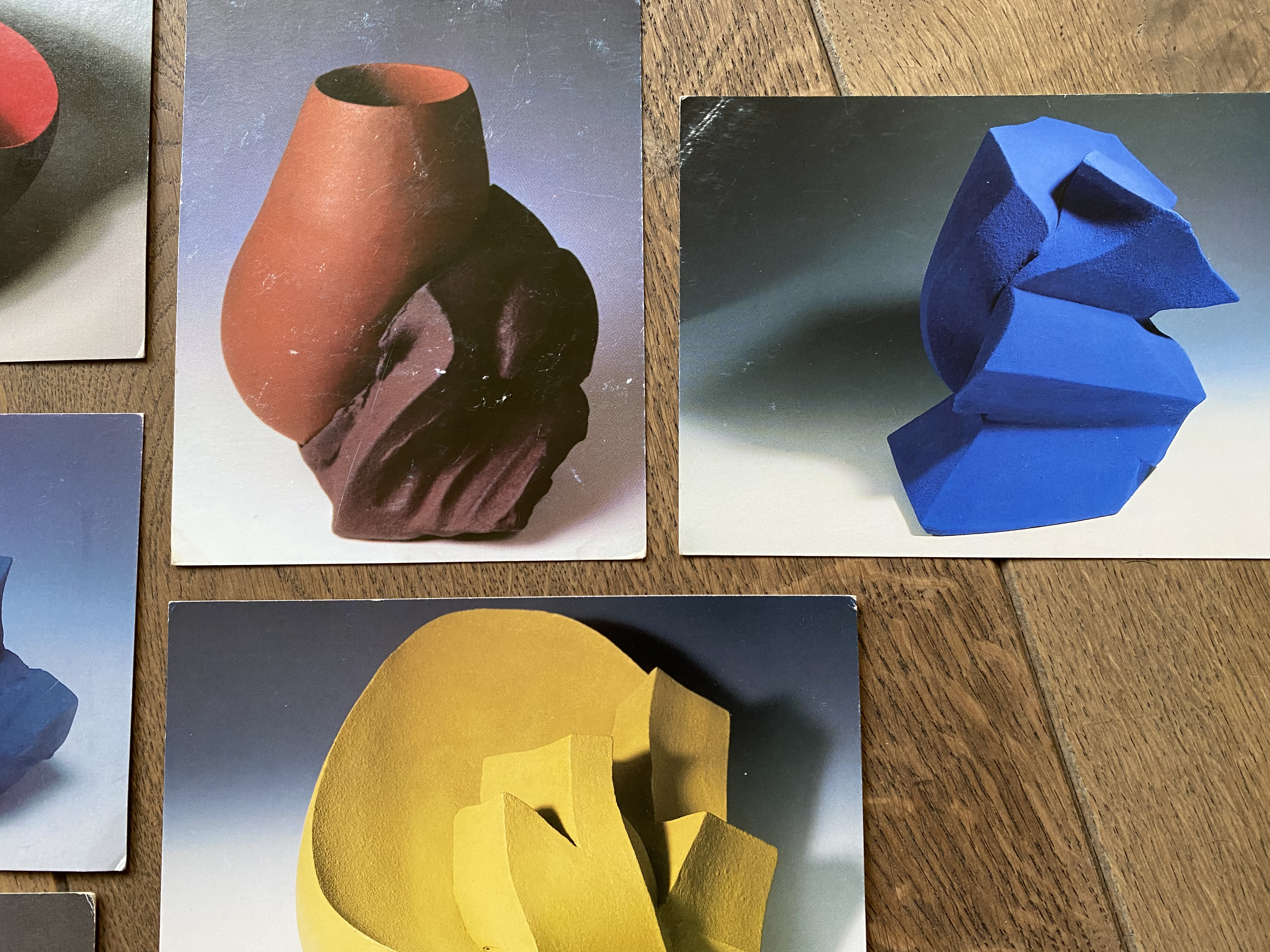
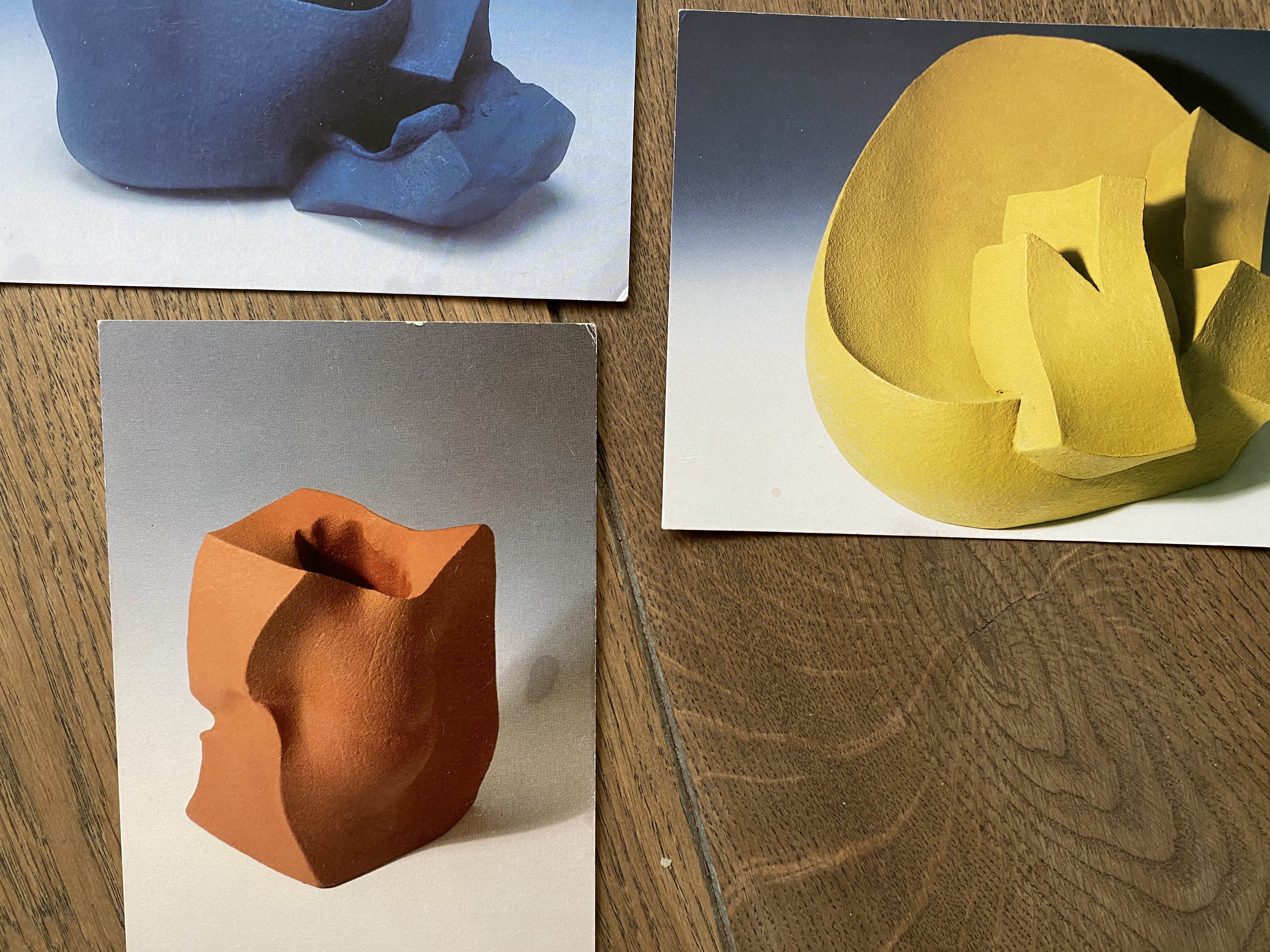
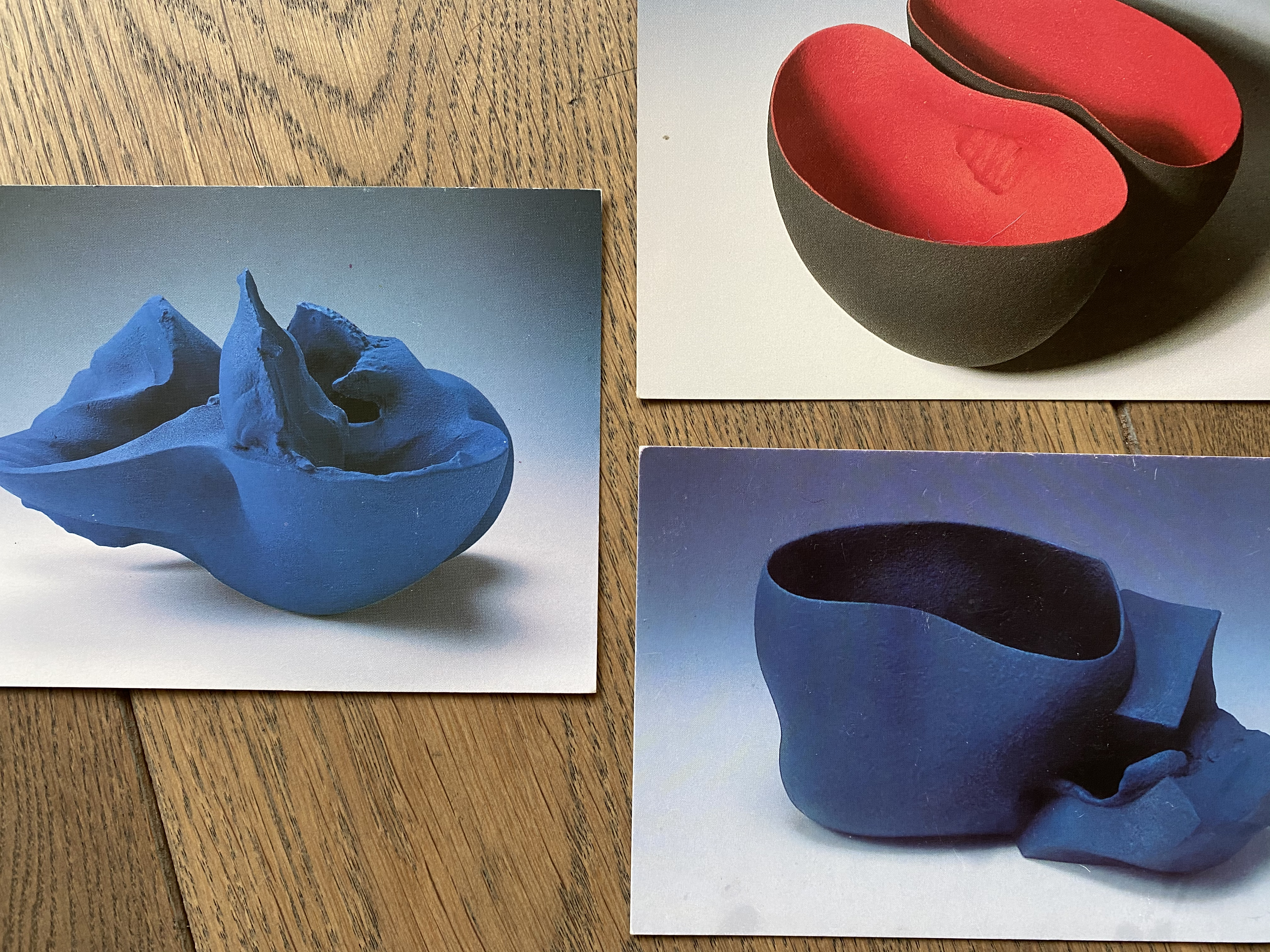
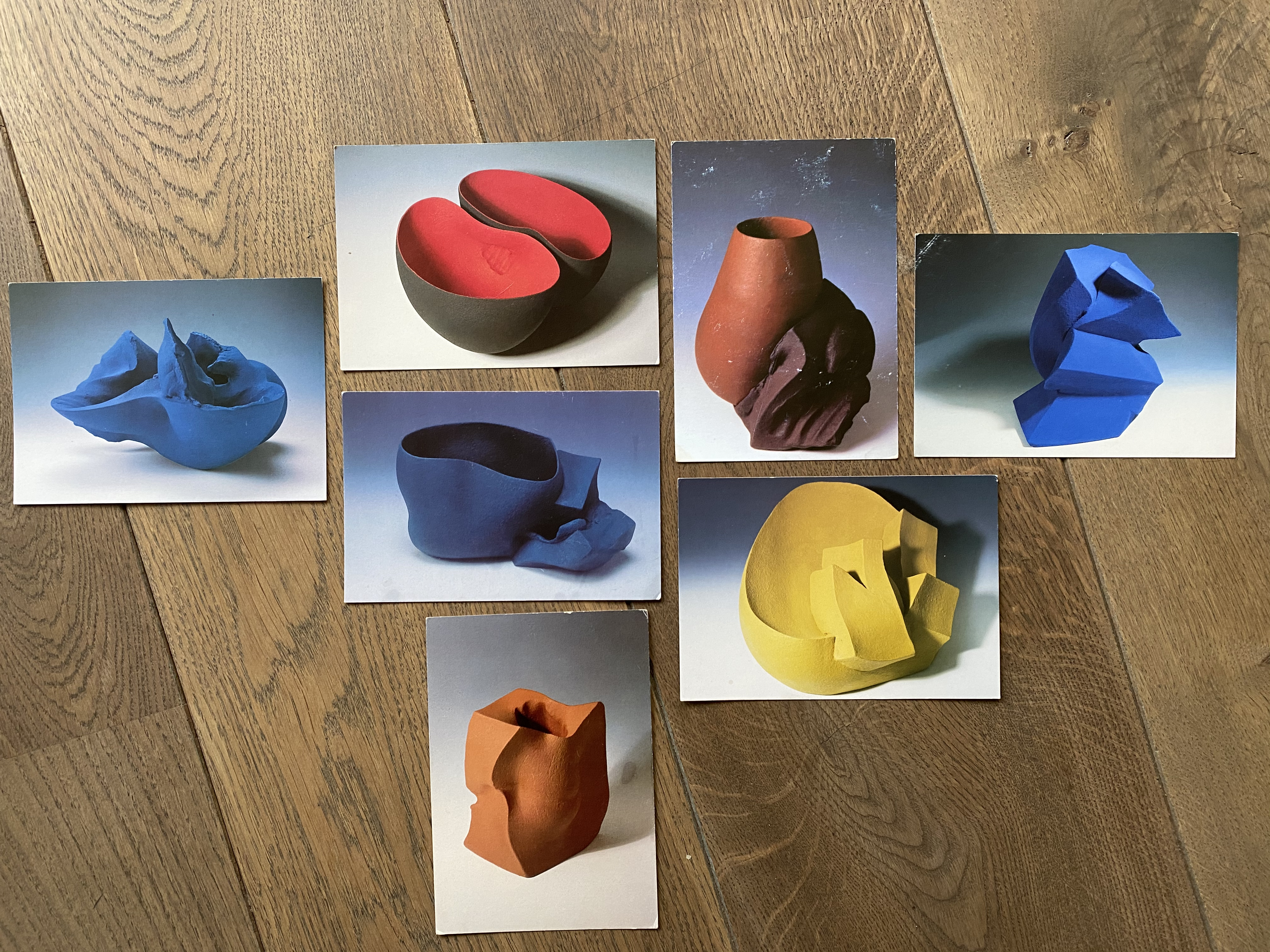
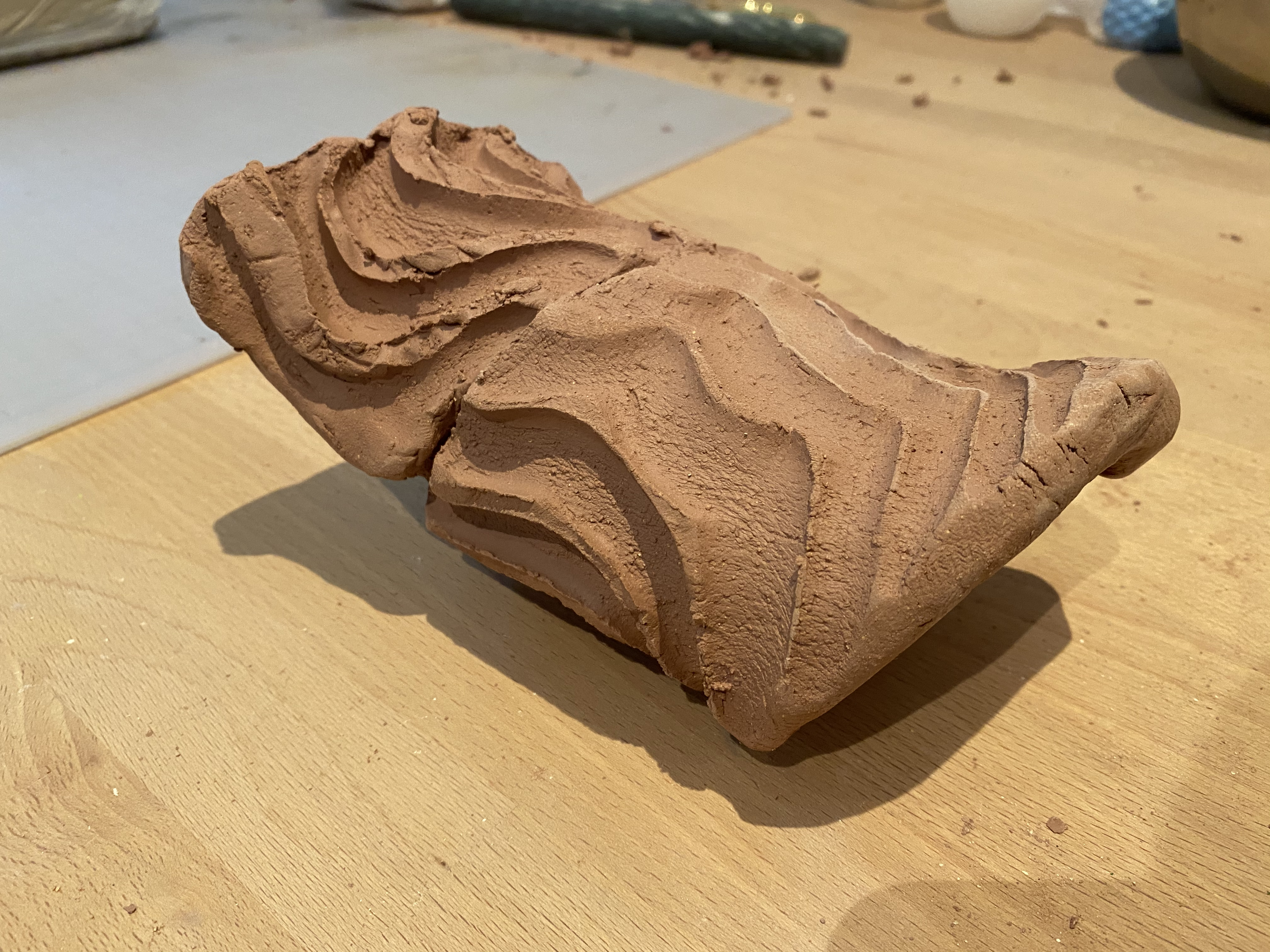
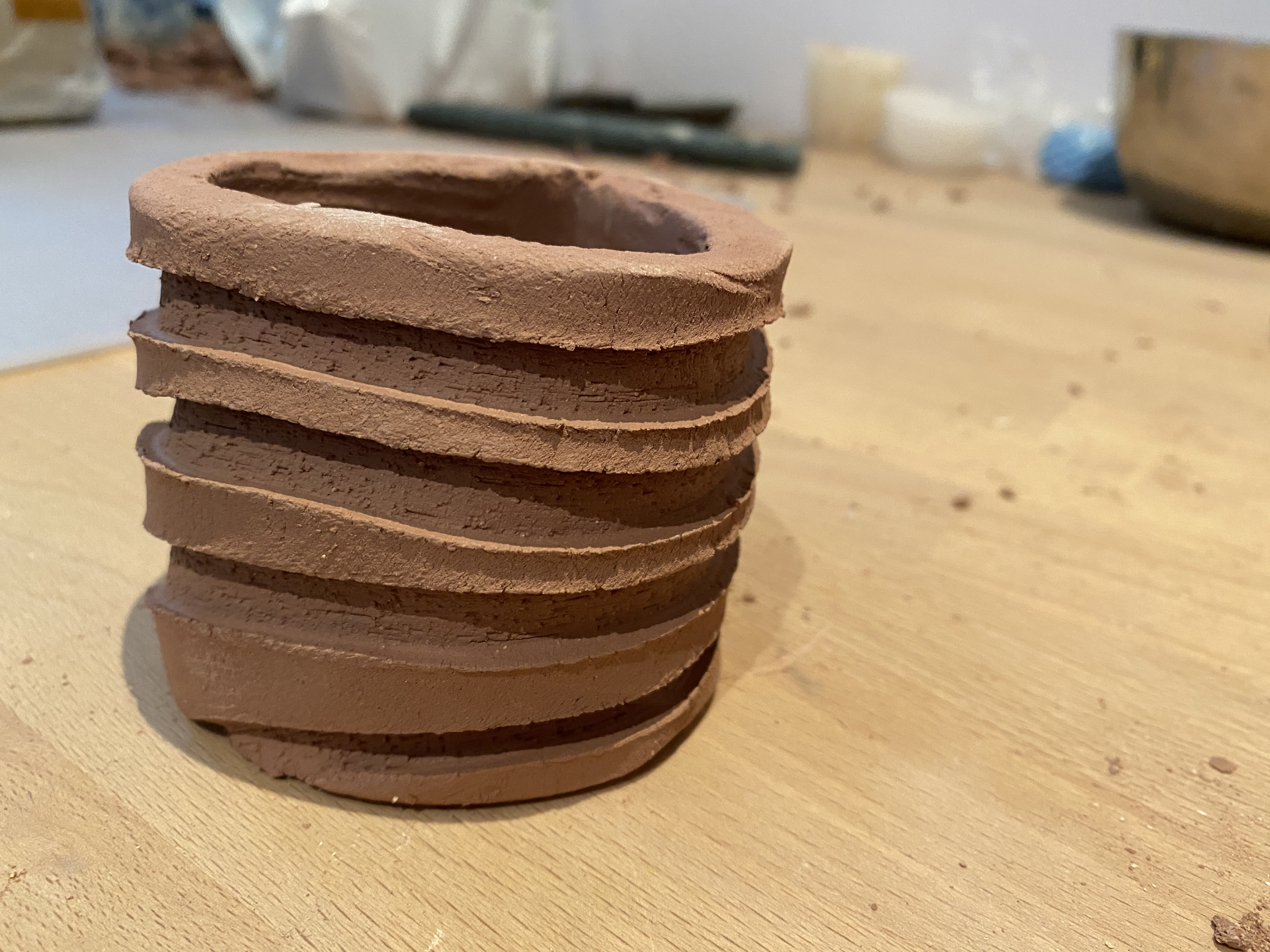
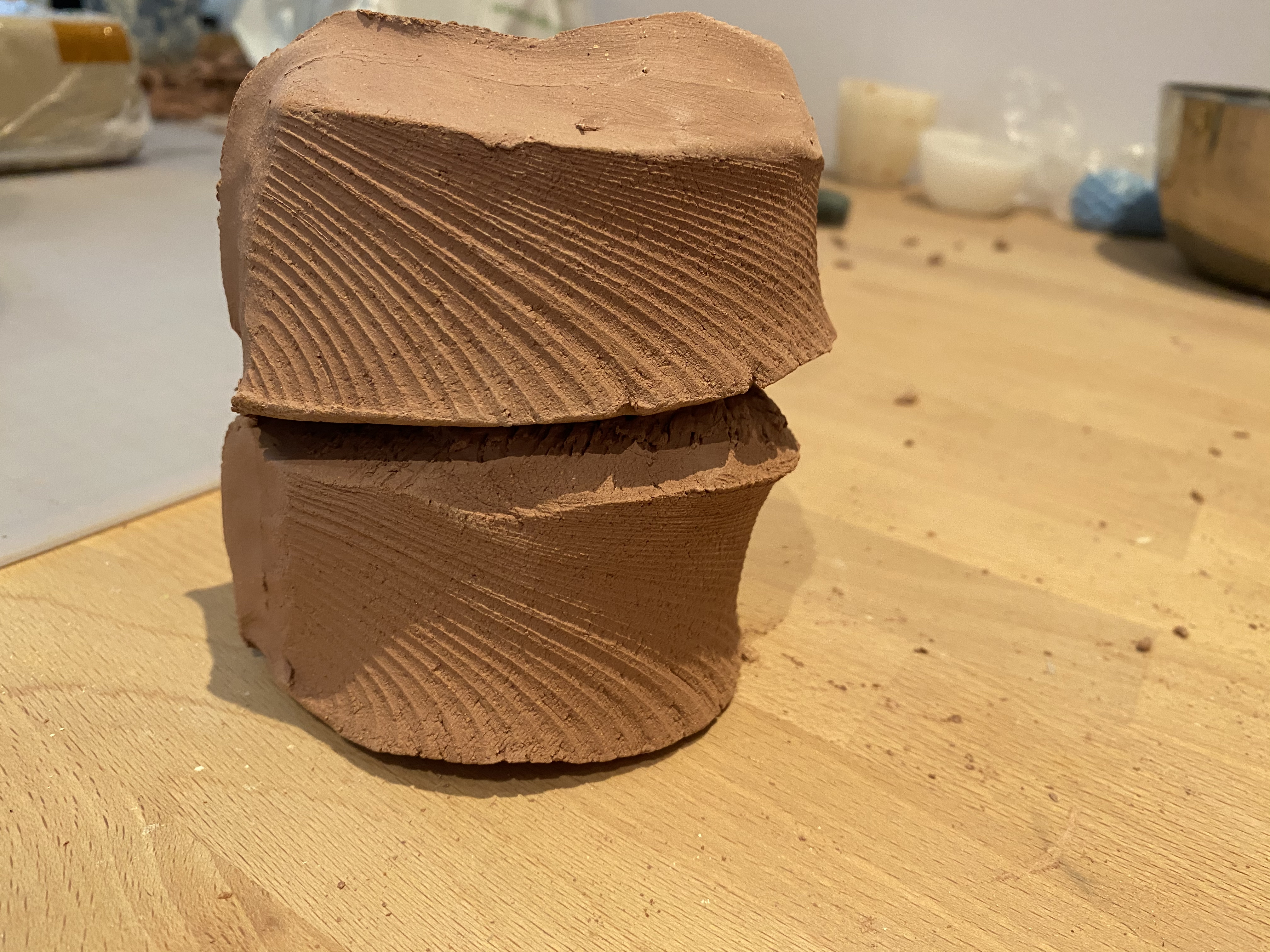
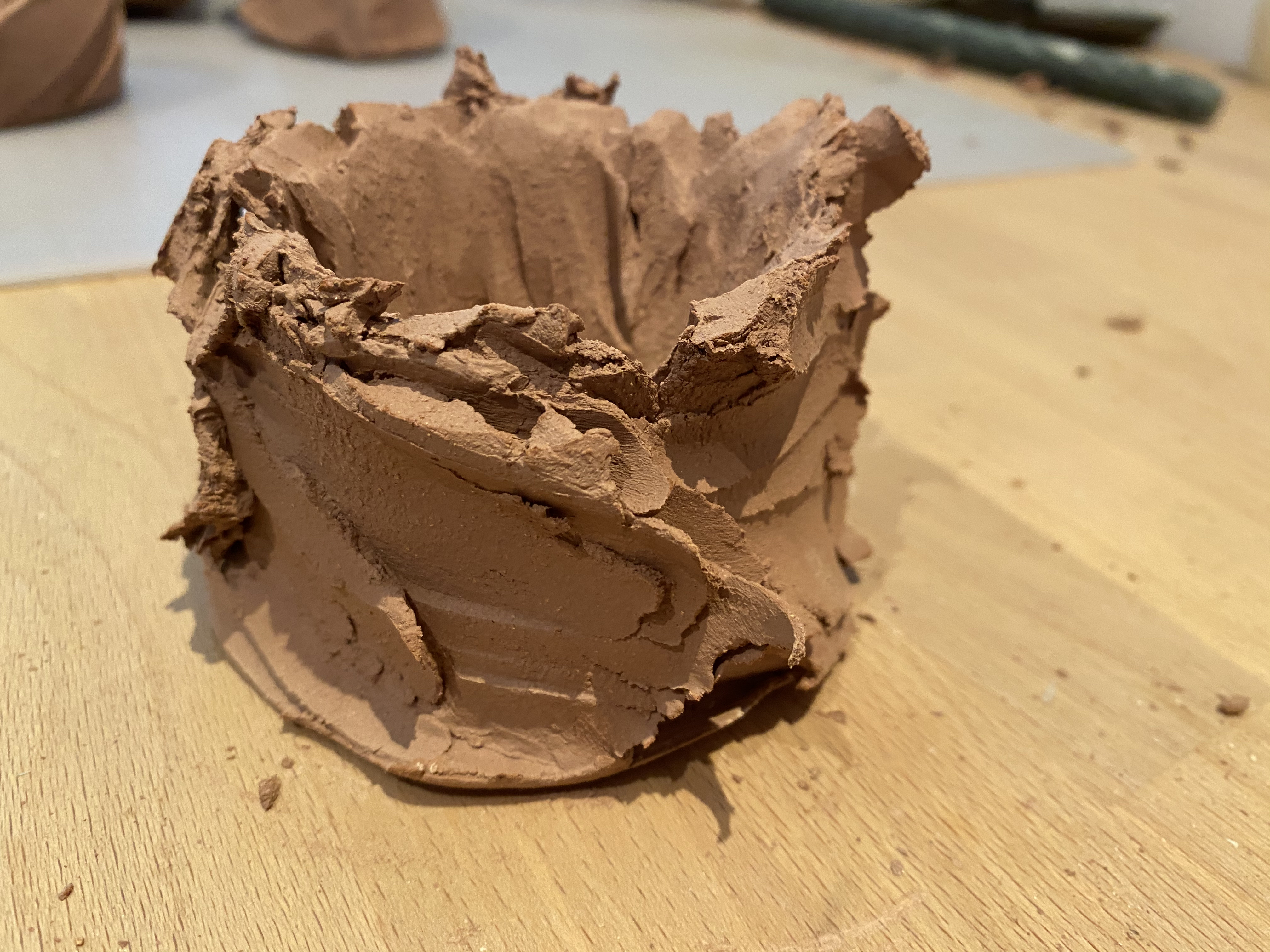
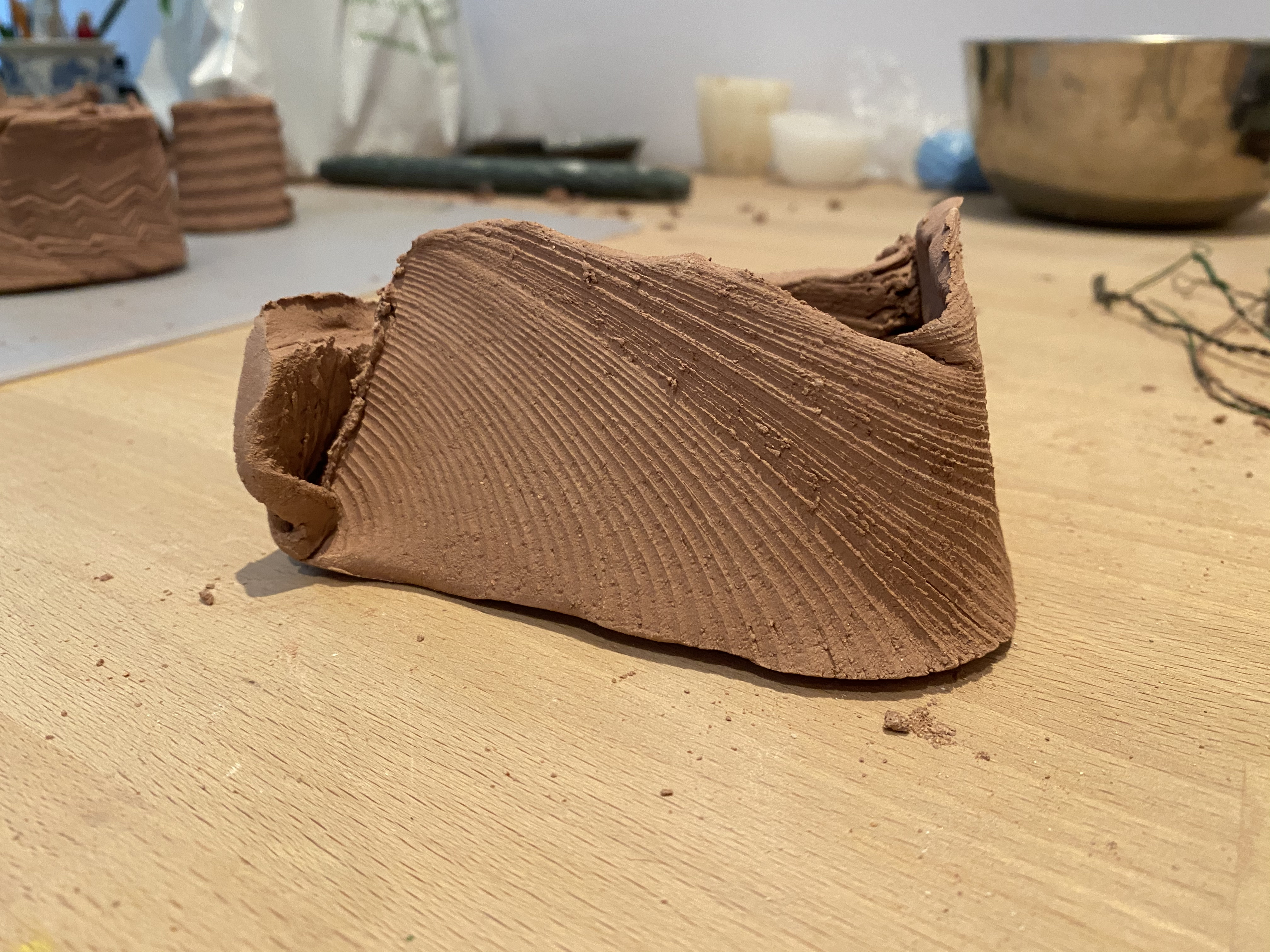
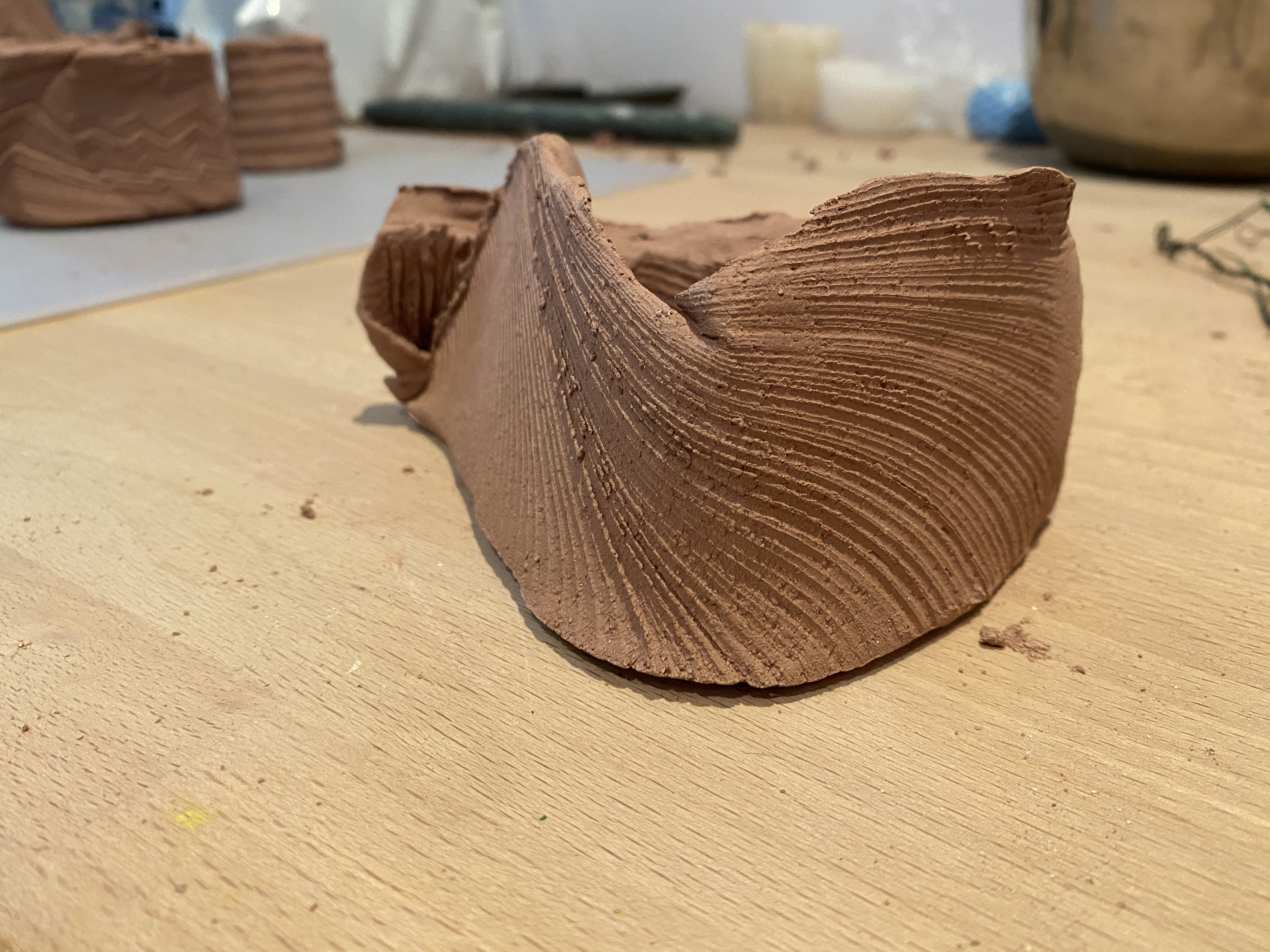
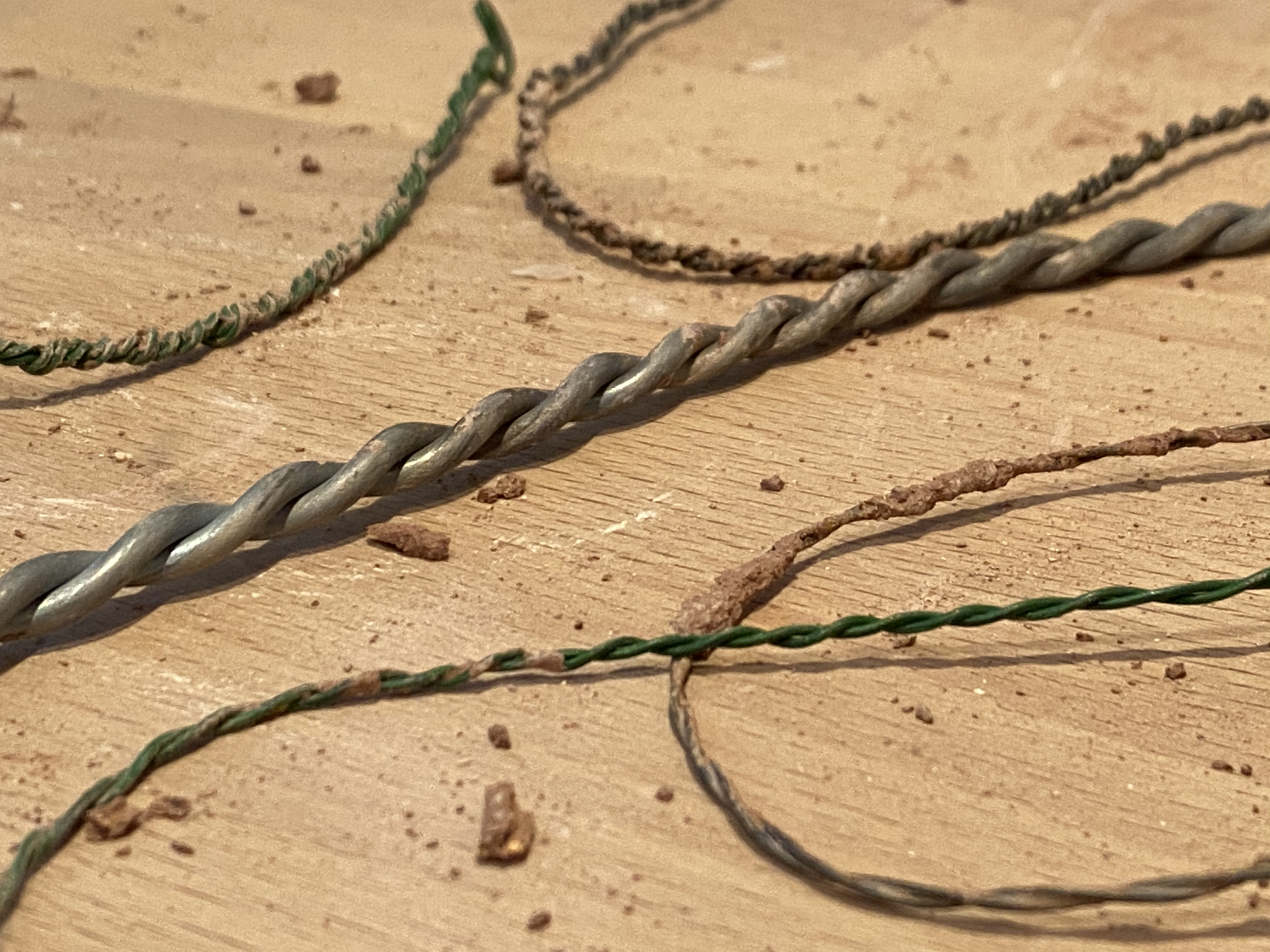
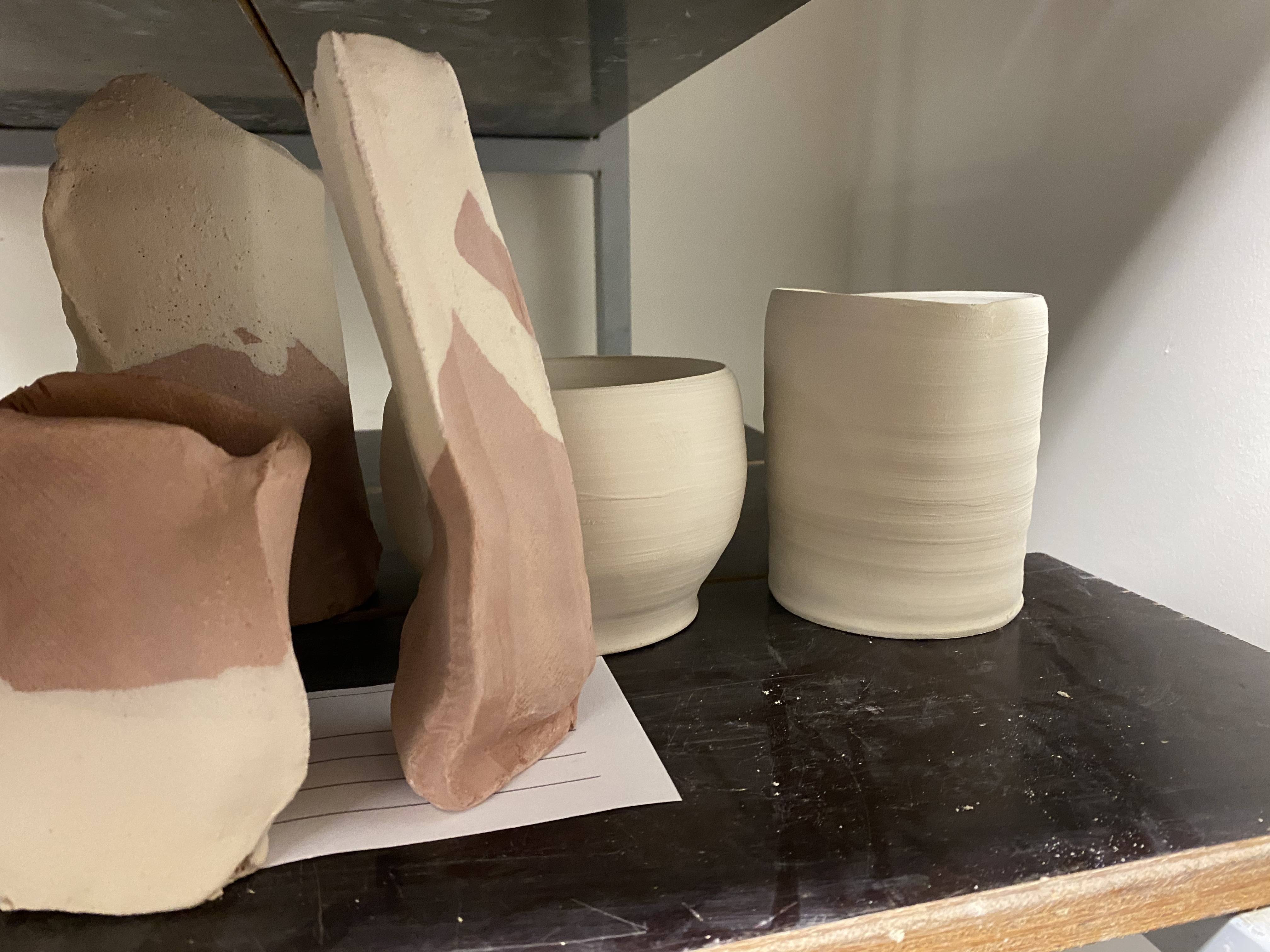
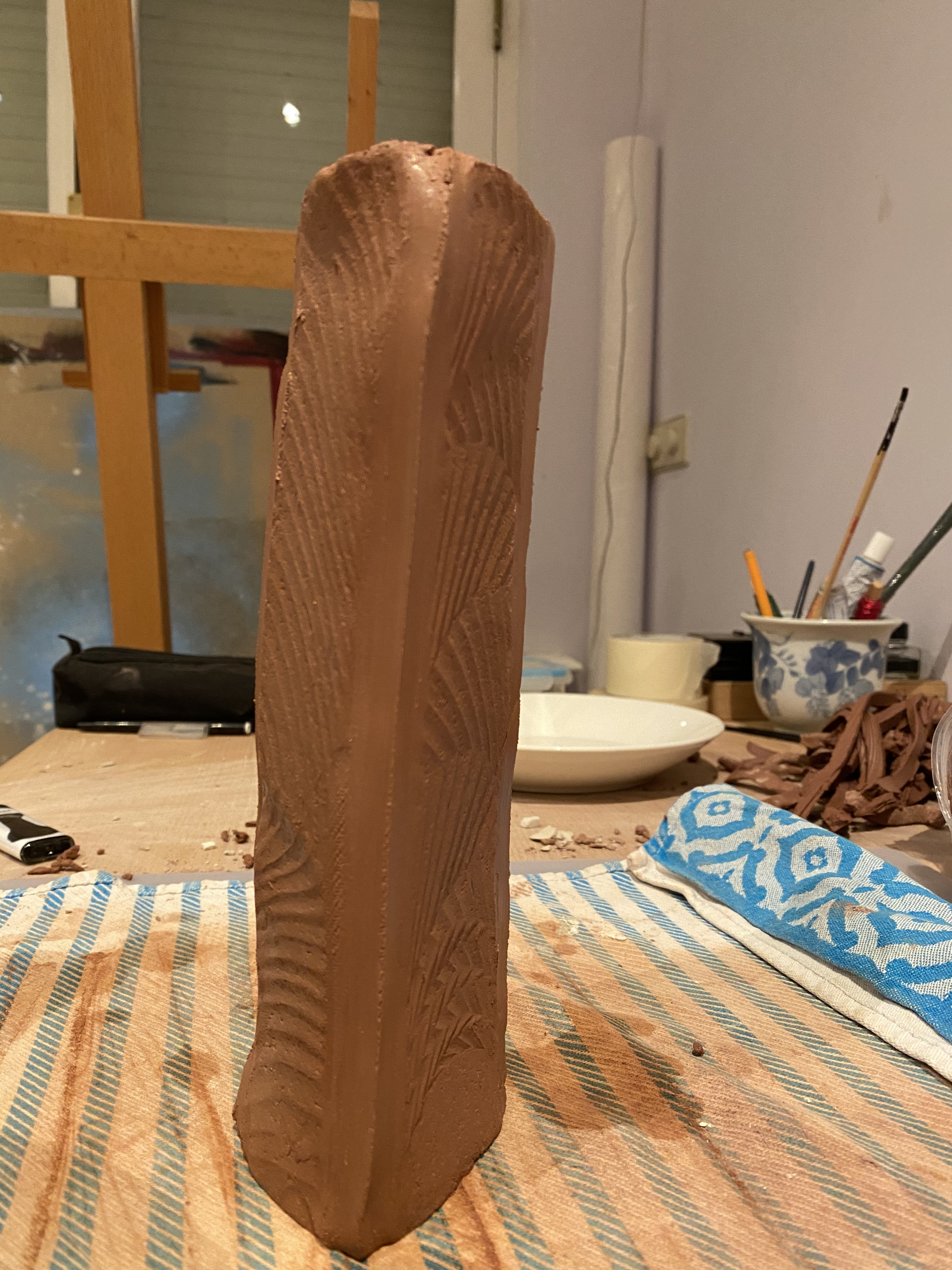
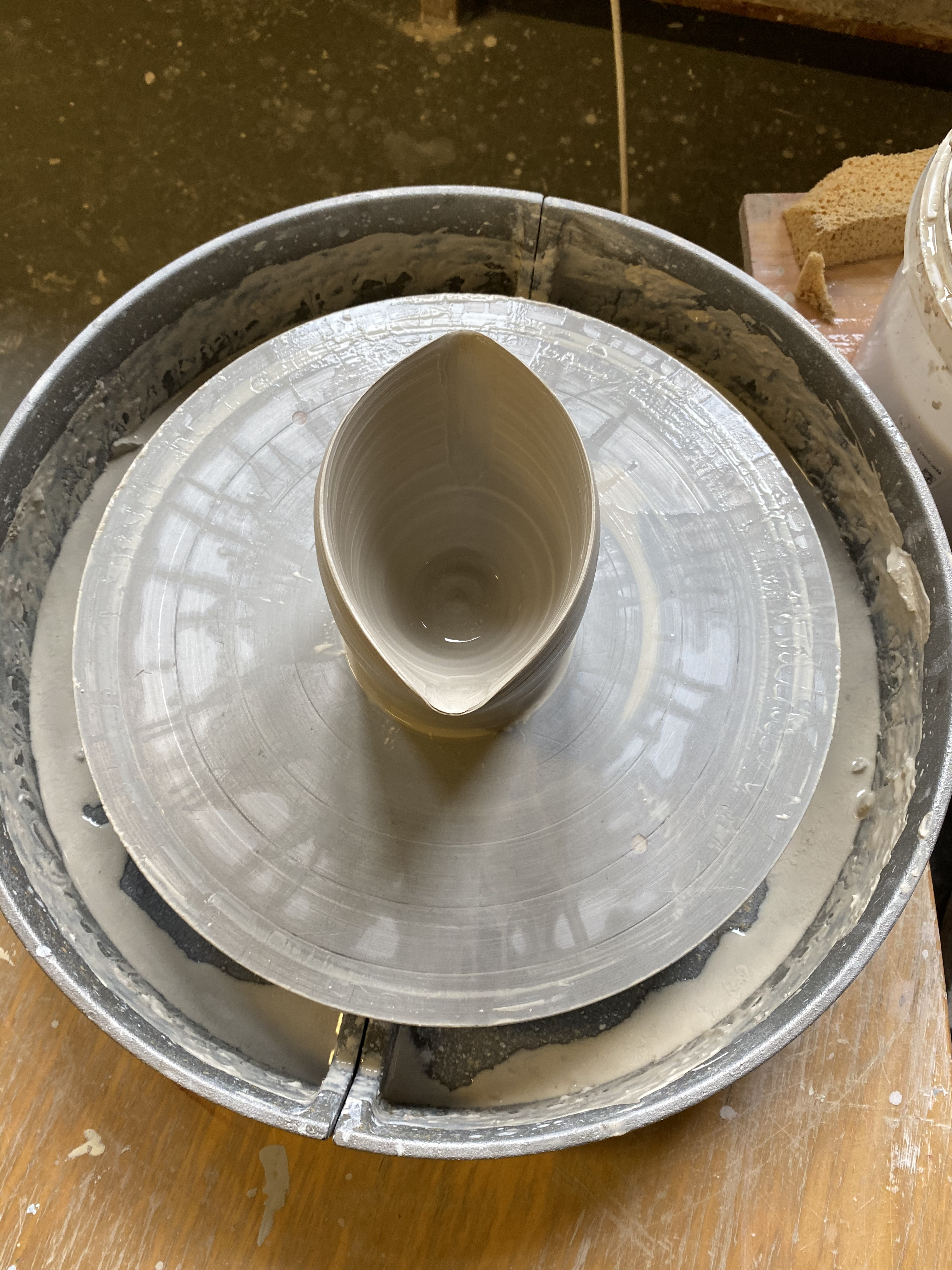
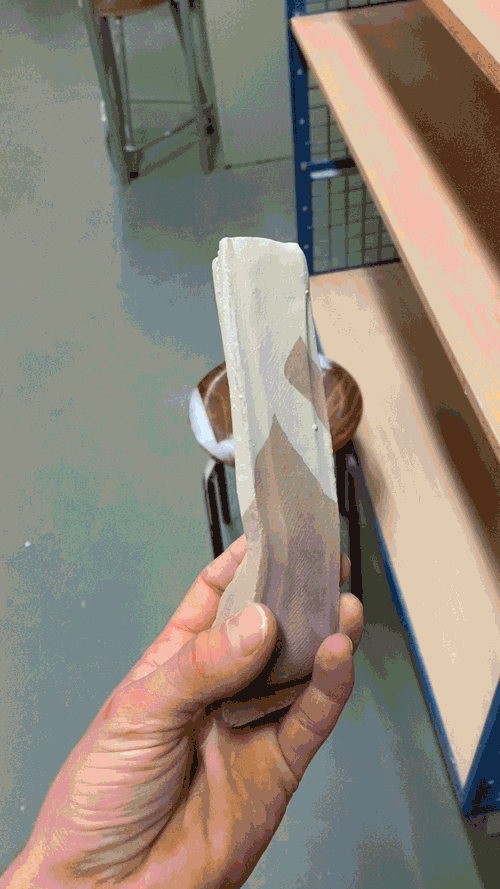
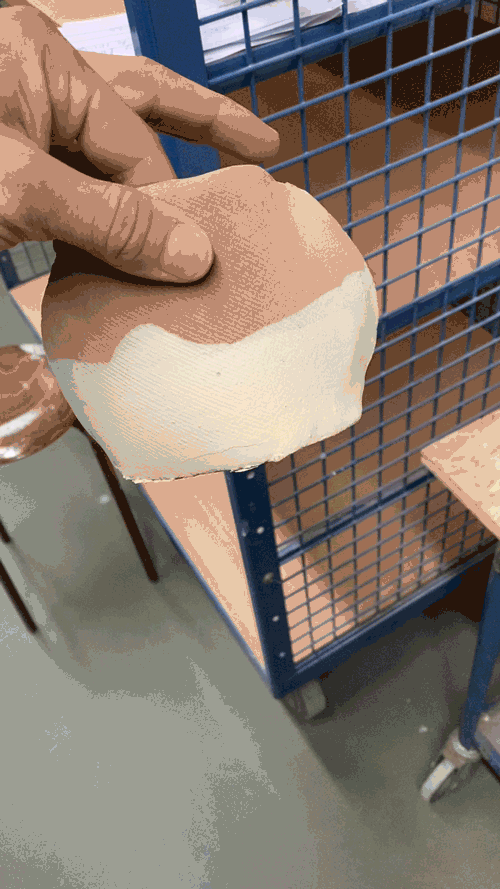
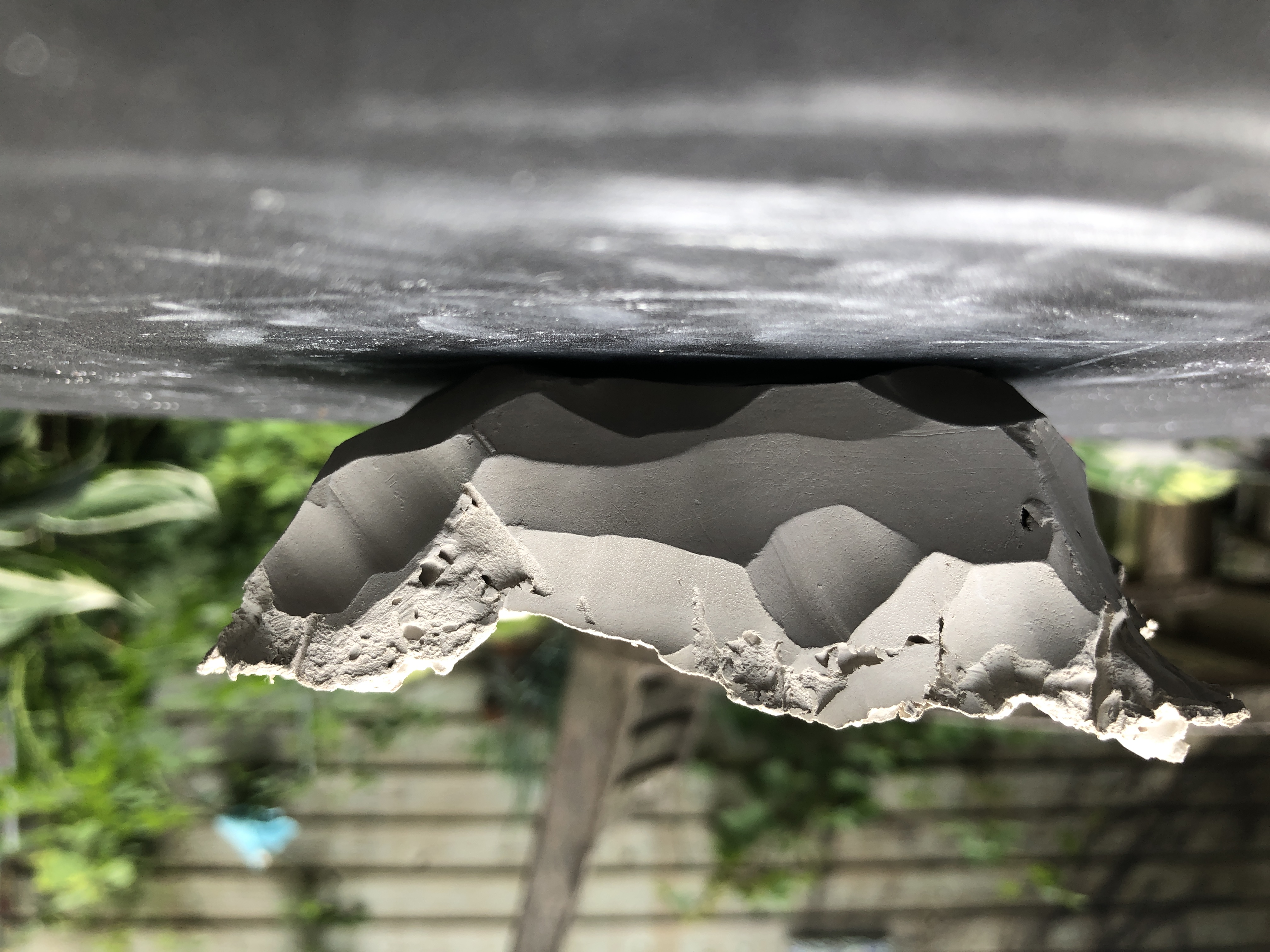
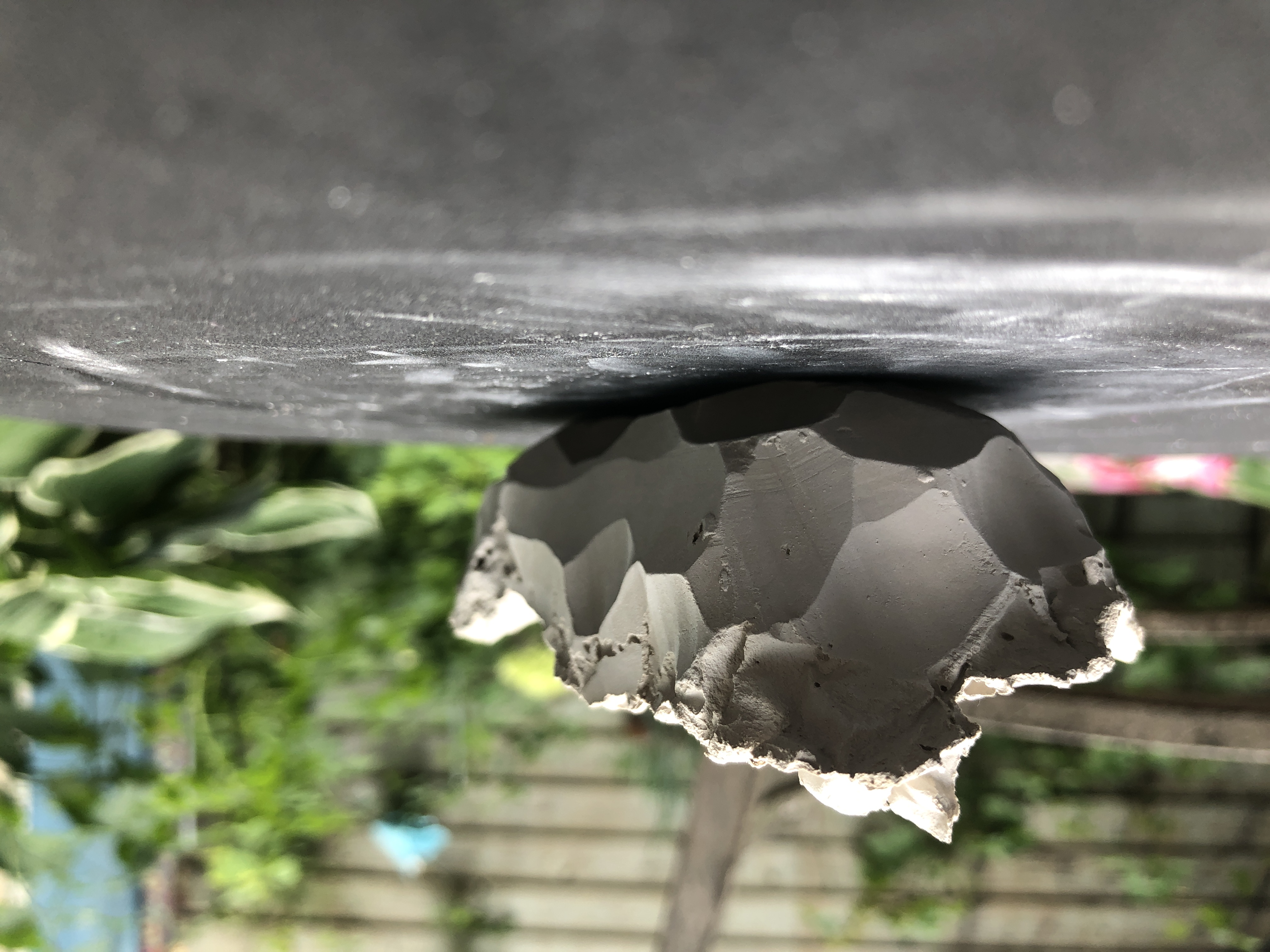
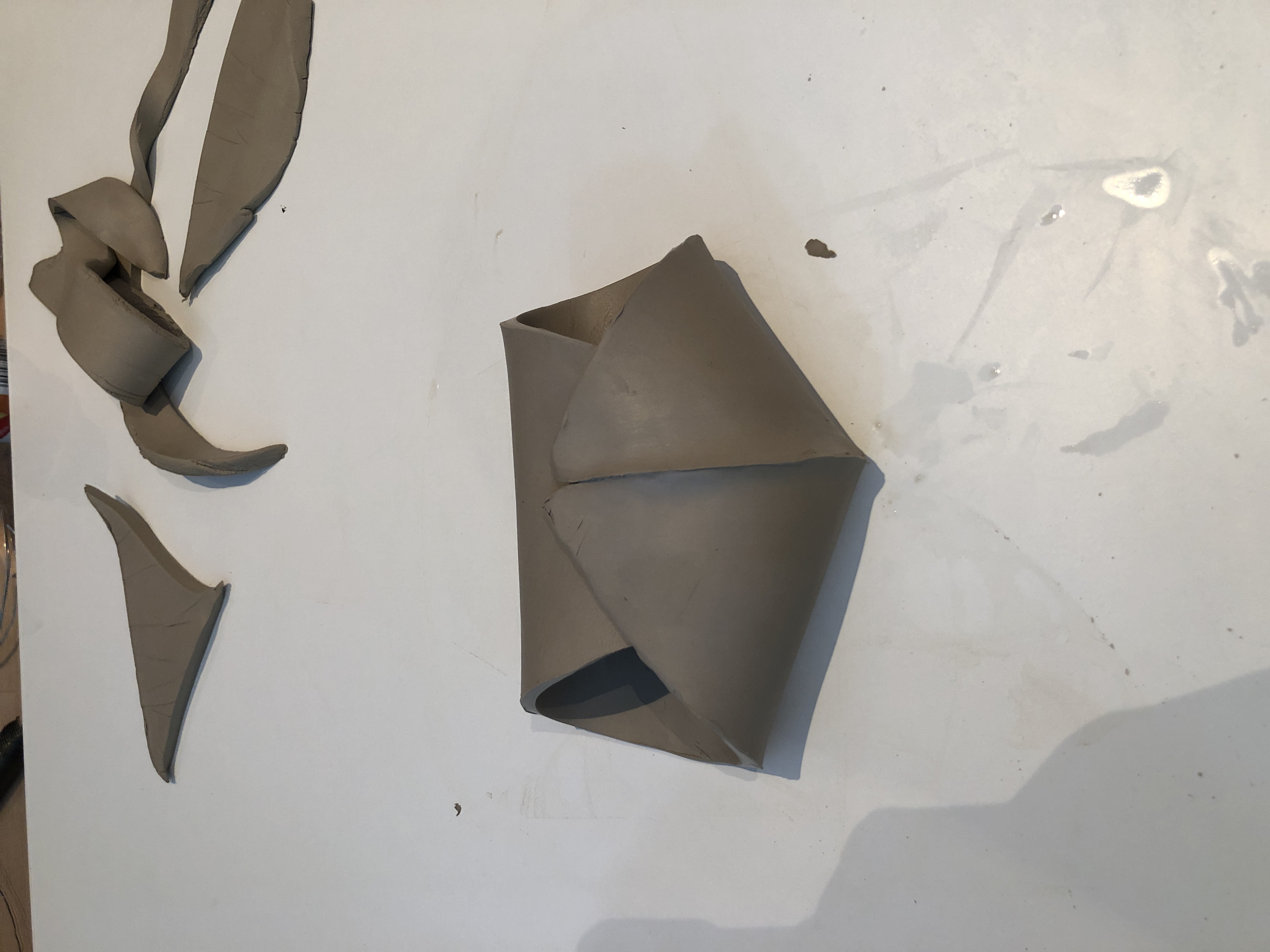
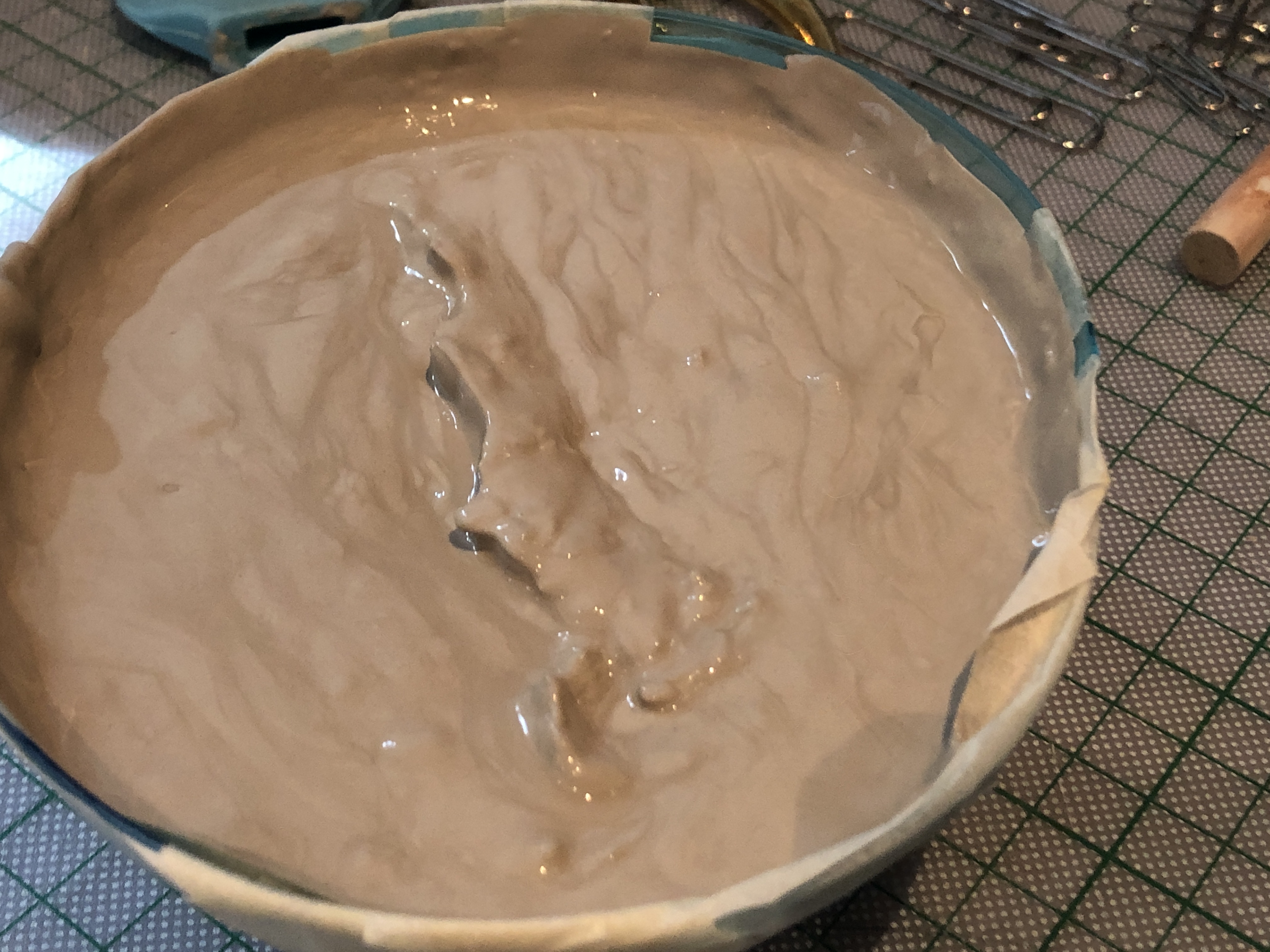
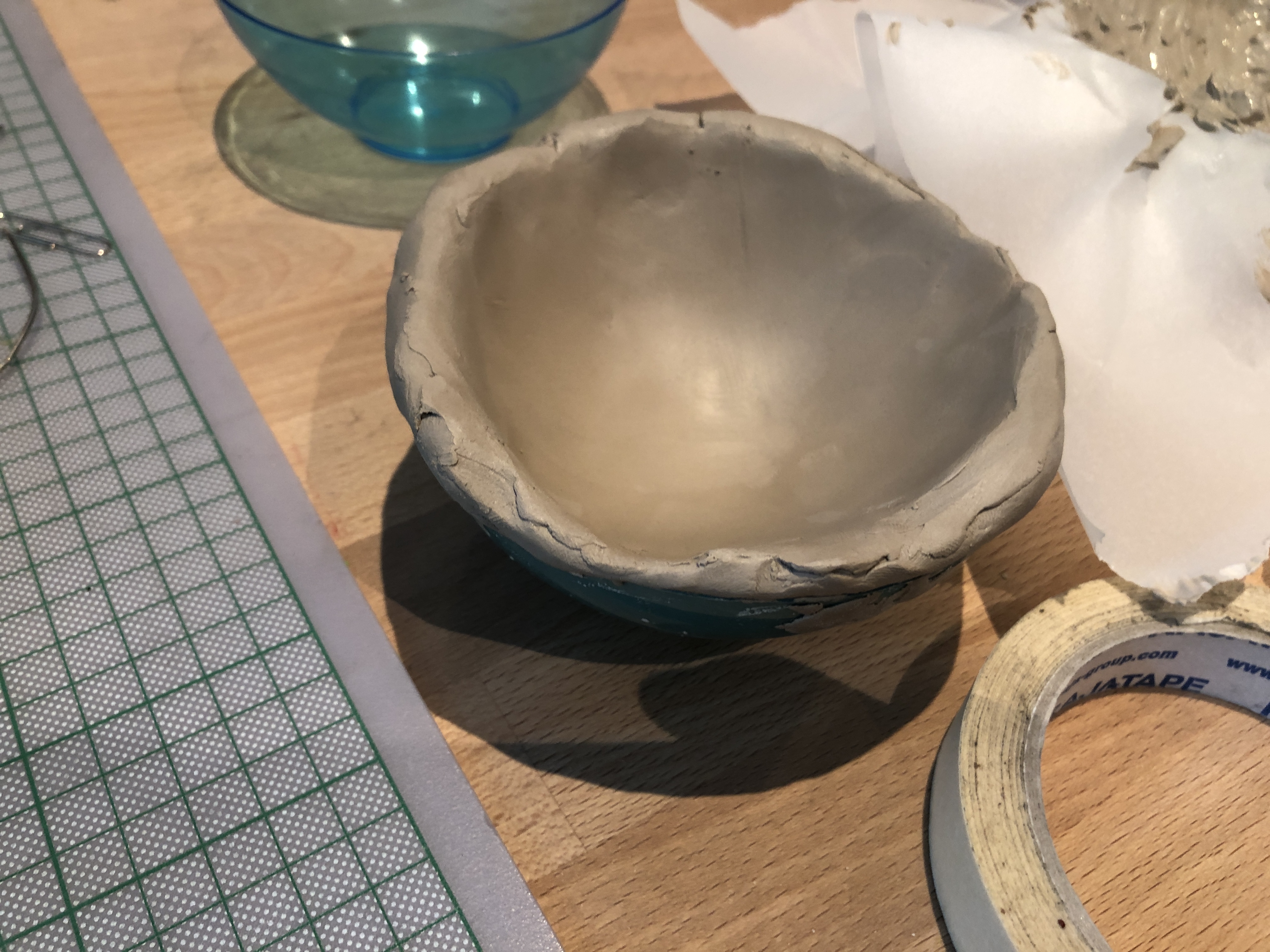
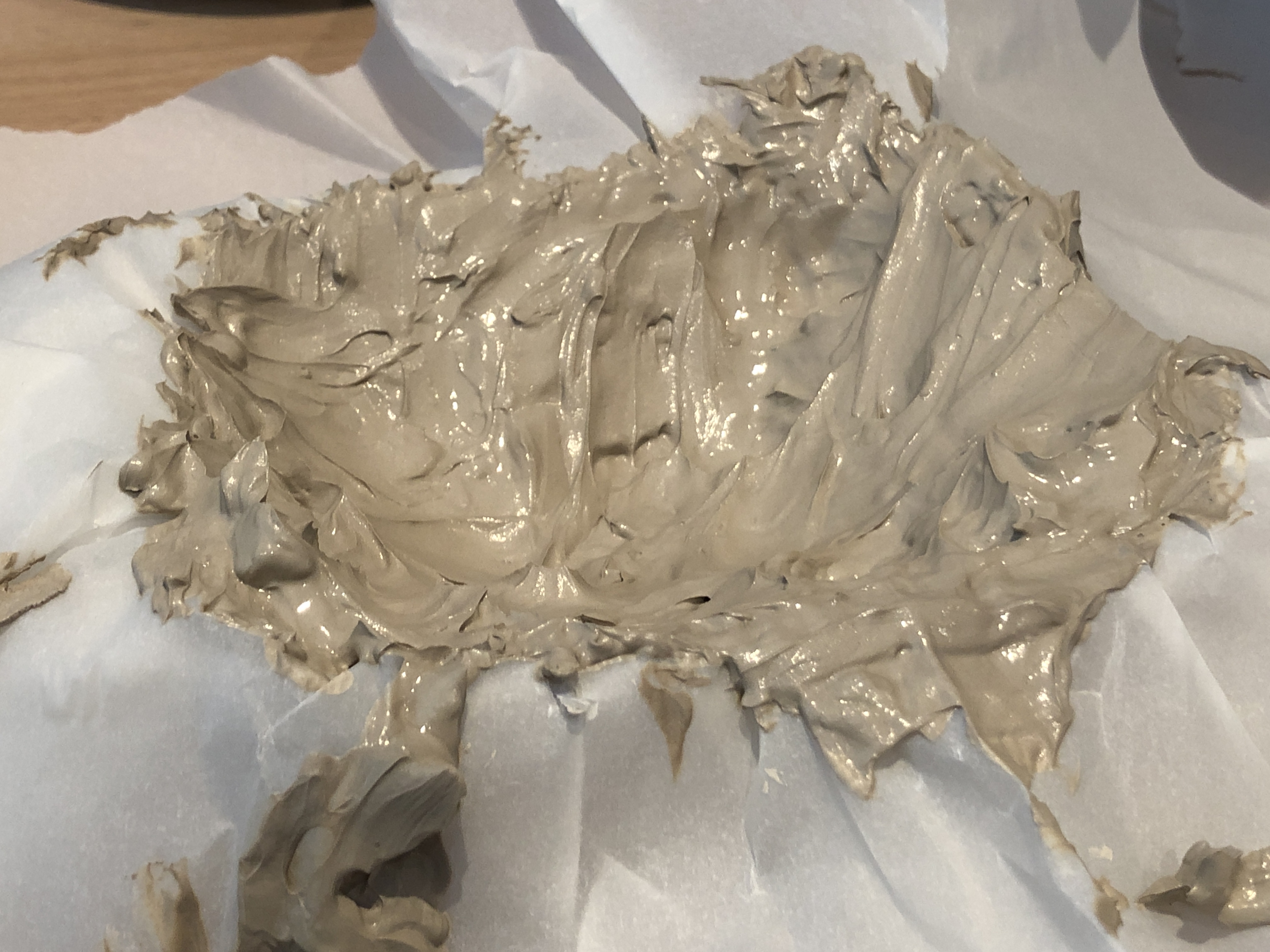
Other intervention ideas :
Different bodily interventions / more of them
As opposed to the impression being made from both sides of the body of clay experiment with allowing the vacuum and the suction that is created when you put your fist / hand into it
Take her inspiration further and find a way of experimenting with shaping / shaving the clay with water or eroding it somehow through a water-based system. This could be experimented with in multiple states of clay and different water harshness
The same idea but with heat / hairdryer / air - basically find more natural / nature based ways of creating impressions in the clay in the same way that inspires Irene but as a "next - step " I guess
Introduce moulds - she would hate me for it but - you may be able to reverse the shaping aspect with a more complex / contradictory outside whilst you shape the inside.. something like a silicone mould would allow you to be able to take it away without effecting the inside shape too much.
Spraying on clay to a mould with a similar spray gun she would use for her slip - might be something that would be interesting using Dolapix
Finding othr
